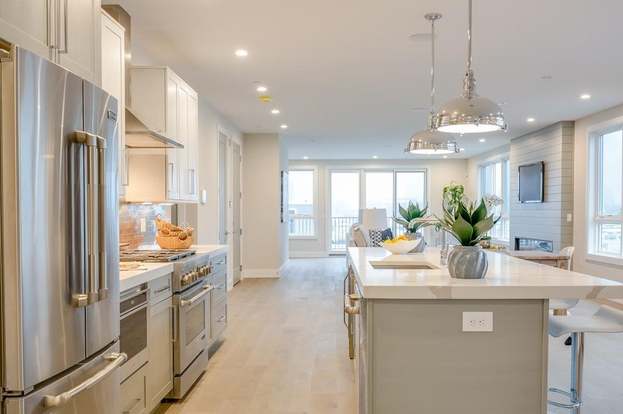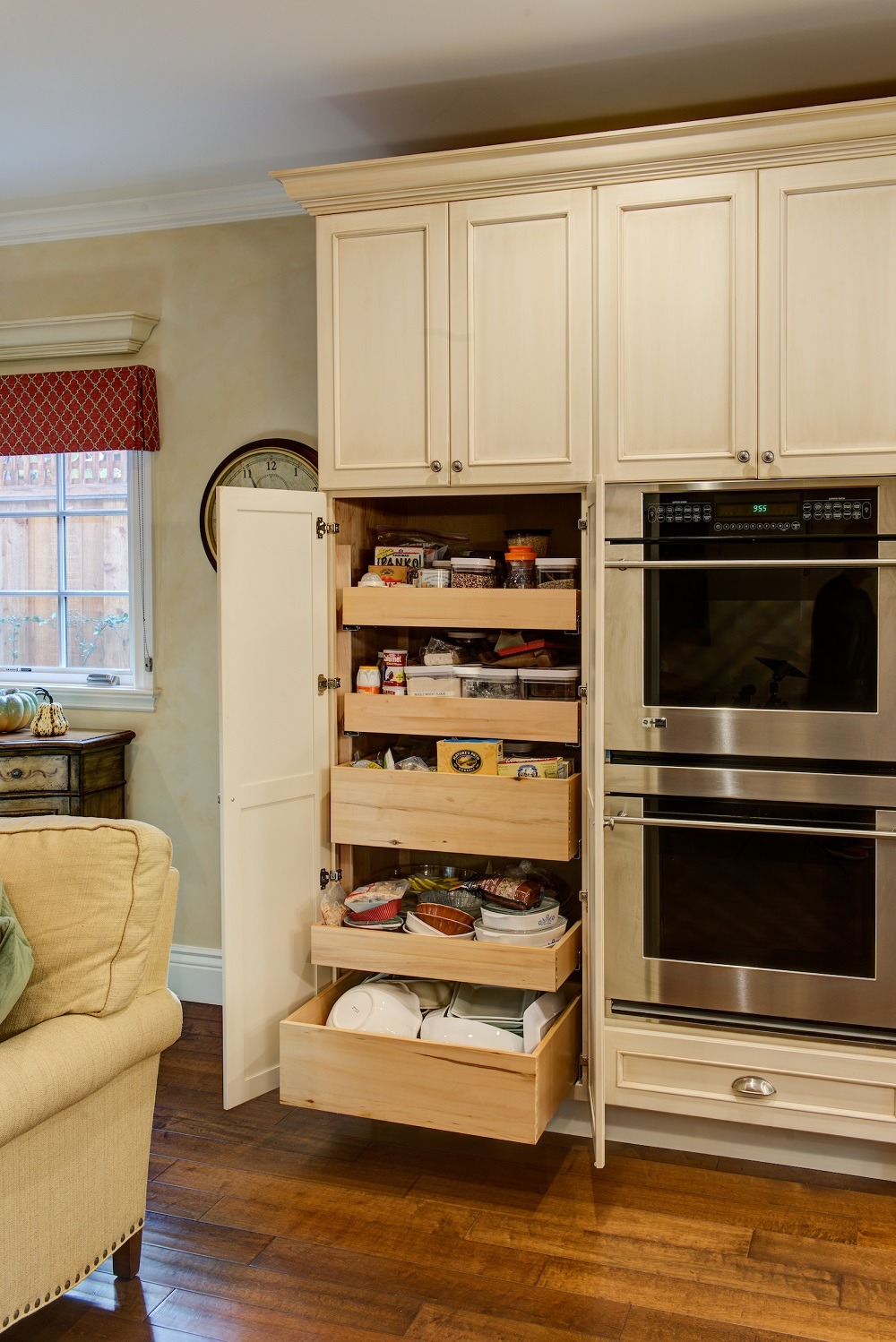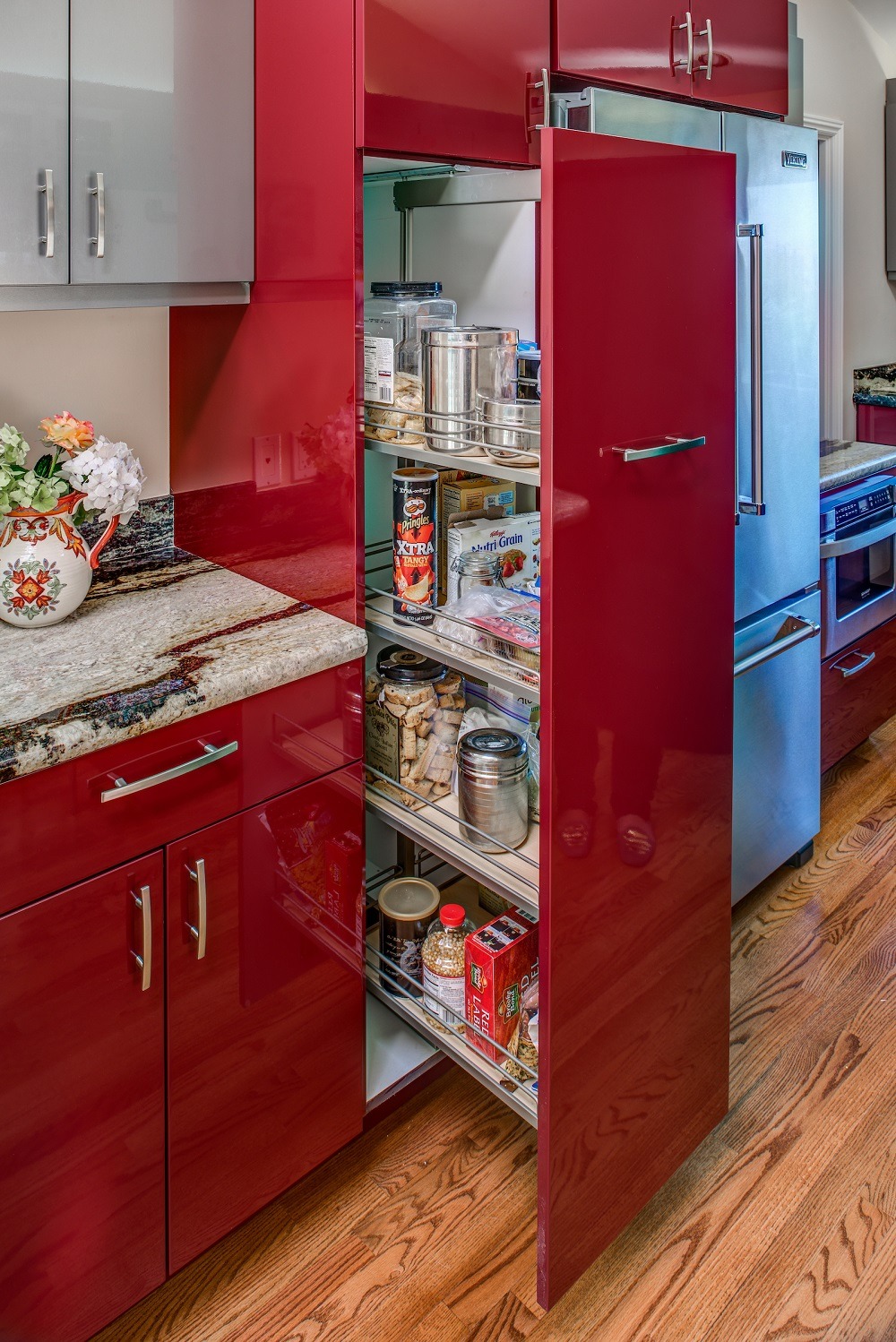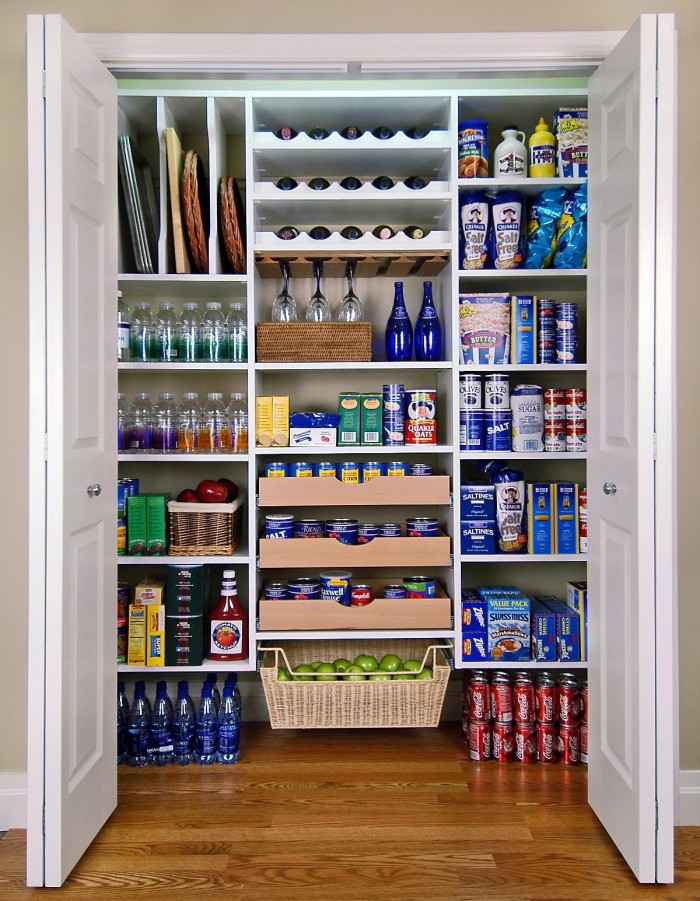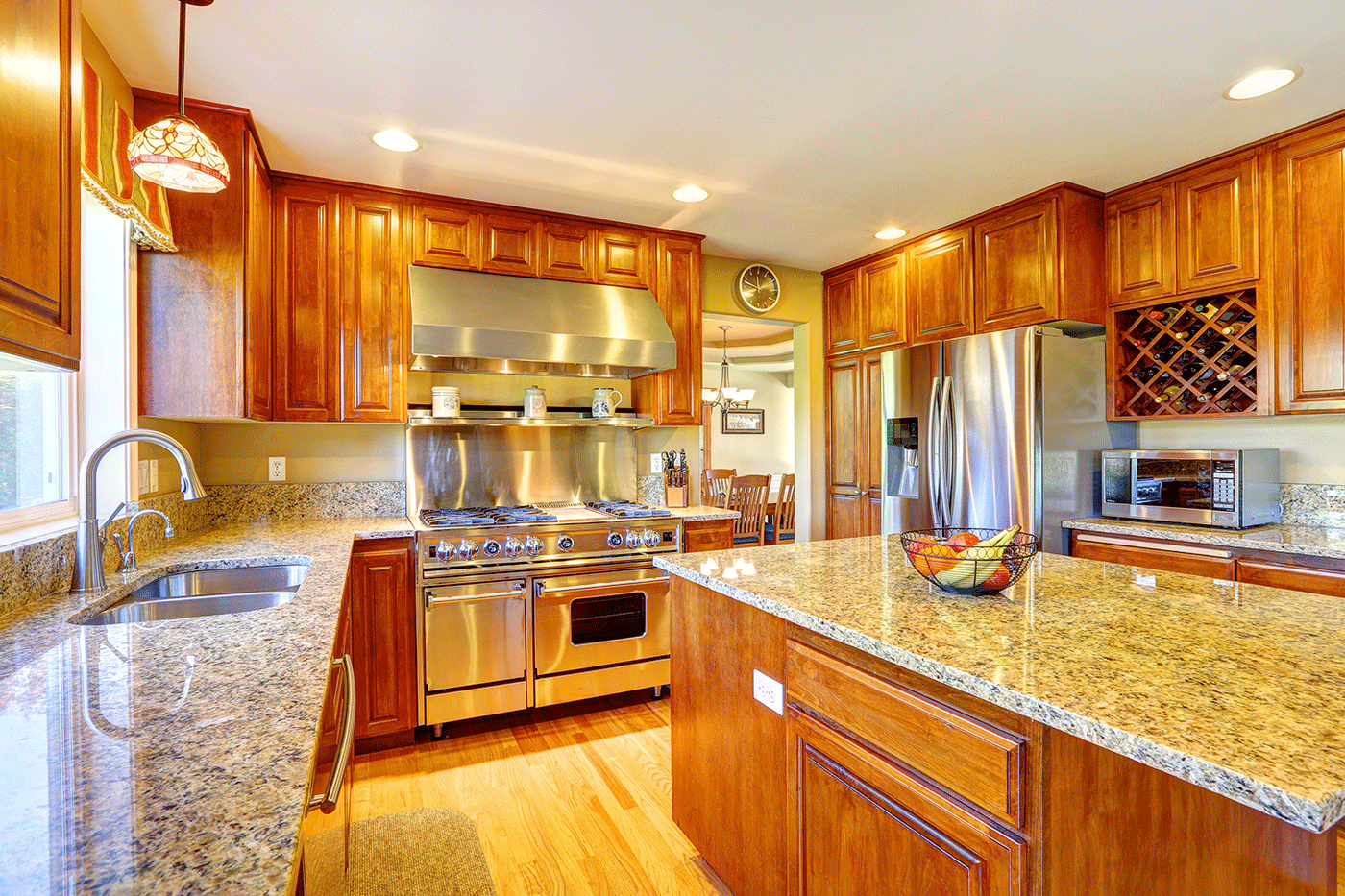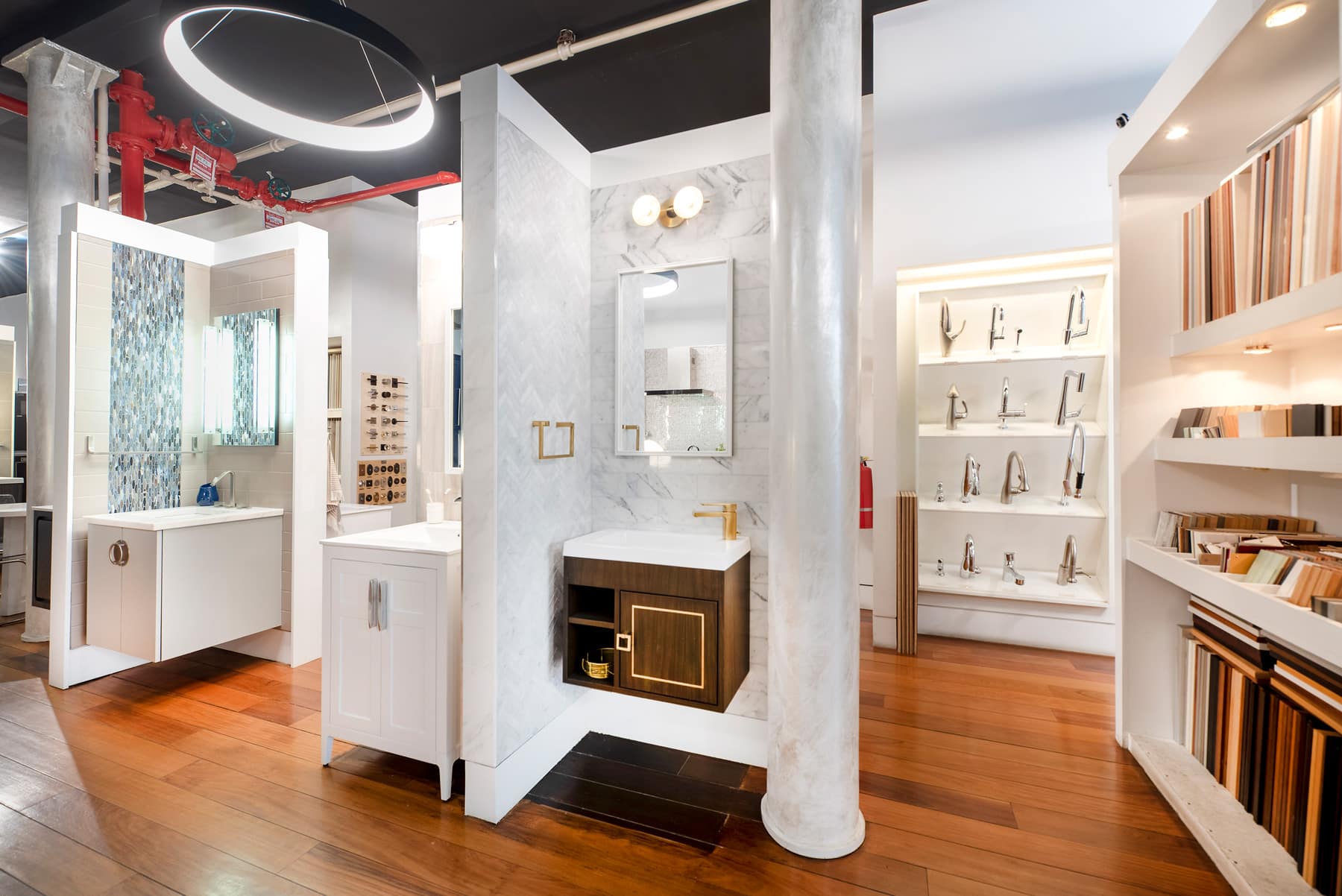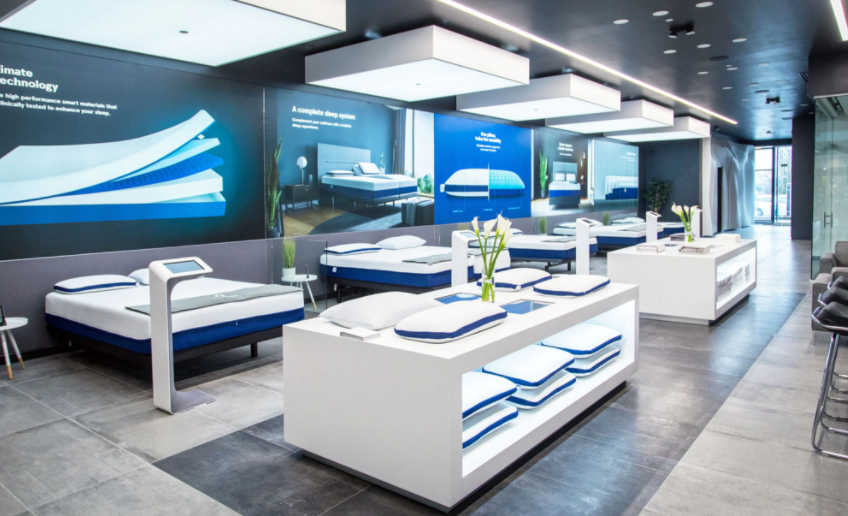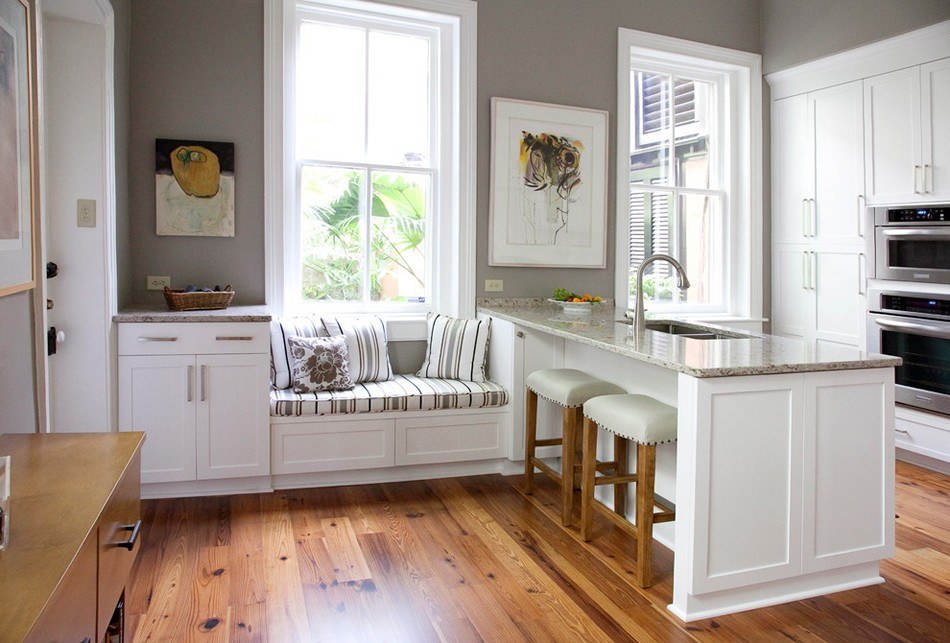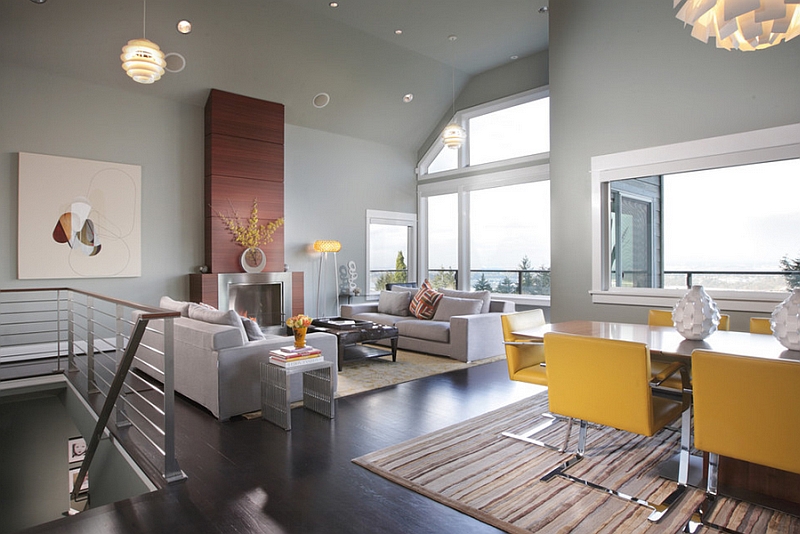Looking to revamp your restaurant kitchen? Here are 10 design ideas that can help elevate your space and improve efficiency. Restaurant kitchen design is an important aspect to consider as it can greatly impact the functionality and productivity of your kitchen. From the layout to the equipment and decor, every detail plays a crucial role in creating a successful kitchen. So without further ado, let's dive into the top 10 main interior design ideas for restaurant kitchens.Restaurant Kitchen Design Ideas
Before we jump into specific design ideas, here are some general tips to keep in mind when designing your restaurant kitchen:Restaurant Kitchen Design Tips
The layout of your restaurant kitchen is crucial as it can affect the efficiency and productivity of your staff. The most common layouts for commercial kitchens are the straight line, l-shaped, and u-shaped layouts. Each has its own advantages, so it's important to consider the needs and flow of your kitchen when choosing a layout. For example, the straight line layout works well for smaller kitchens as it maximizes space and allows for easy movement between stations. The l-shaped layout is ideal for larger kitchens and provides more counter space for food preparation. The u-shaped layout is great for high-volume kitchens as it offers a more centralized and efficient work area.Restaurant Kitchen Layout
Designing a commercial kitchen requires careful planning and consideration of various factors such as the type of restaurant, menu, and customer flow. It's important to choose equipment and materials that can withstand heavy use and are easy to clean. Additionally, incorporating proper ventilation and lighting is essential for a safe and comfortable working environment. Another important aspect of commercial kitchen design is compliance with health and safety codes. Make sure to consult local regulations and guidelines to ensure your kitchen meets all requirements.Commercial Kitchen Design
Having the right equipment is crucial for a successful restaurant kitchen. From cooking appliances to refrigeration, it's important to invest in high-quality and efficient equipment that can handle the demands of a commercial kitchen. Some essential items to consider include:Restaurant Kitchen Equipment
The flooring in a restaurant kitchen needs to be durable, slip-resistant, and easy to clean. Common options include ceramic tile, quarry tile, and concrete. These materials are resistant to heat, moisture, and stains, making them ideal for a busy kitchen. It's also important to choose a flooring color that doesn't show dirt easily and is easy to maintain.Restaurant Kitchen Flooring
Proper lighting is essential in a restaurant kitchen for both safety and functionality. Natural light is always the best option, but if that's not possible, consider installing LED lighting as it provides bright and energy-efficient lighting. Make sure to have different light sources for different areas of the kitchen, such as task lighting for food preparation and ambient lighting for the dining area.Restaurant Kitchen Lighting
While the functionality of a restaurant kitchen is the top priority, that doesn't mean you can't incorporate some decor to add personality and style to the space. Consider using your restaurant's theme or cuisine as inspiration for the decor. For example, a rustic Italian restaurant could have a brick accent wall or a French bistro could have vintage posters and artwork. It's also important to consider the durability and ease of cleaning when choosing decor for a commercial kitchen. Avoid using materials that can easily get damaged or collect dust and grease.Restaurant Kitchen Decor
The right color scheme can greatly impact the overall ambiance and mood of a restaurant kitchen. Bright and vibrant colors can add energy and liveliness, while muted and neutral tones can create a calmer and more sophisticated atmosphere. Consider the type of cuisine and the overall theme of your restaurant when choosing a color scheme for your kitchen.Restaurant Kitchen Color Schemes
With all the equipment and supplies needed in a restaurant kitchen, storage can quickly become an issue. It's important to have efficient storage solutions to keep the kitchen organized and clutter-free. Utilize vertical space with shelves and wall-mounted storage, and invest in storage containers and racks to keep things neat and easily accessible. Additionally, consider incorporating multi-functional equipment such as a prep table with built-in storage or a rolling cart with shelves for added convenience. In conclusion, proper restaurant kitchen design is essential for creating a functional, efficient, and visually appealing space. Consider the layout, equipment, flooring, lighting, decor, color scheme, and storage solutions to create a successful kitchen that can withstand the demands of a commercial setting. Remember to also prioritize safety and compliance with regulations when designing your restaurant kitchen.Restaurant Kitchen Storage Solutions
The Importance of Effective Interior Design for Restaurant Kitchens
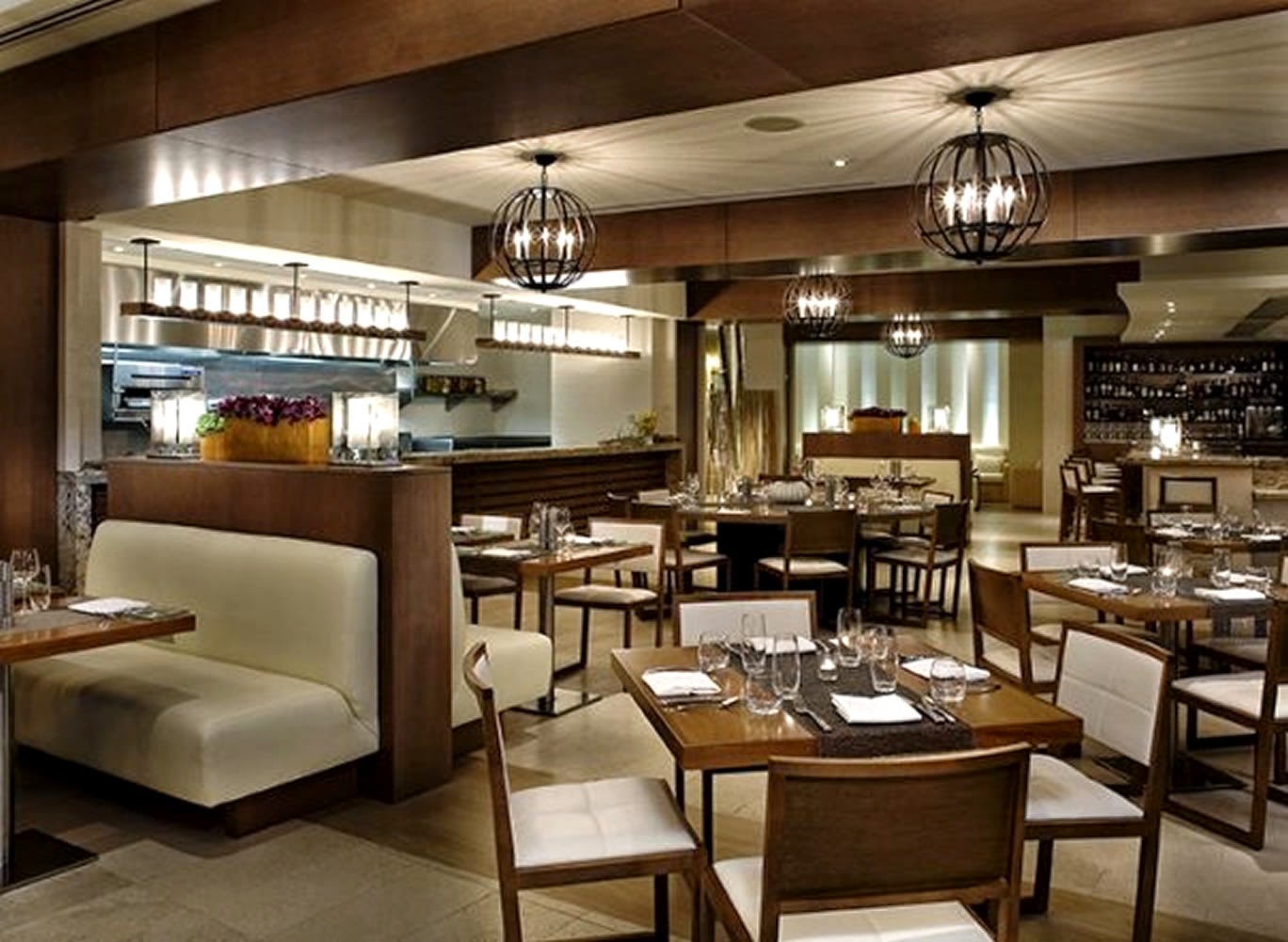
Creating a Welcoming Atmosphere for Diners
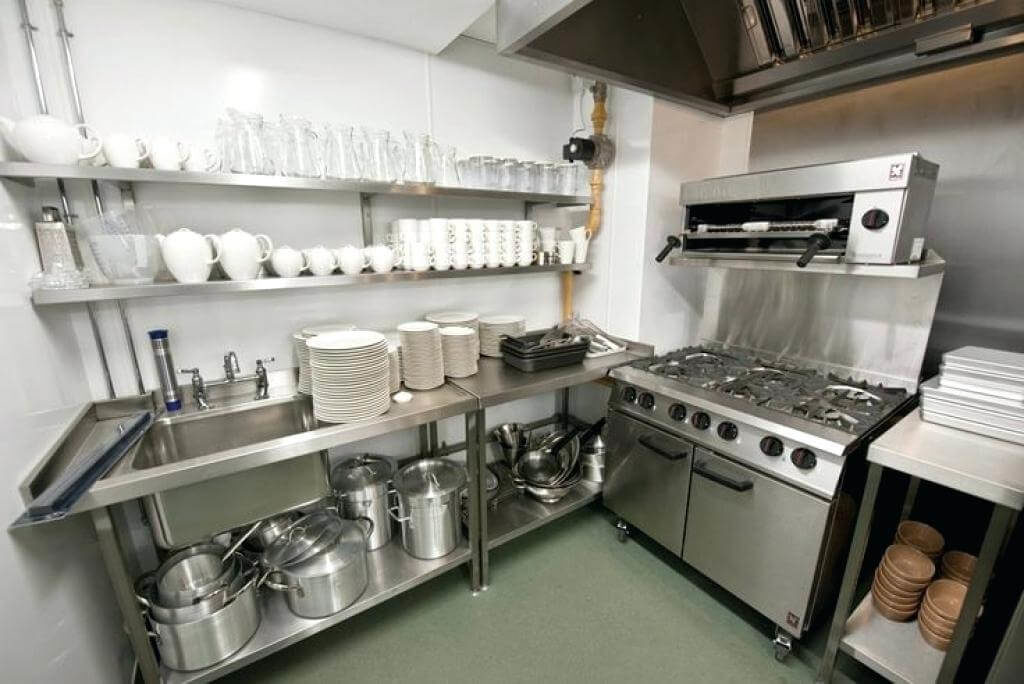 When it comes to running a successful restaurant, the interior design of the space plays a crucial role in attracting and retaining customers. While the dining area is often the main focus, the design and layout of the
restaurant kitchen
are just as important. A well-designed kitchen not only ensures efficient and
organized
operations but also contributes to the overall
atmosphere
and
experience
for diners.
When it comes to running a successful restaurant, the interior design of the space plays a crucial role in attracting and retaining customers. While the dining area is often the main focus, the design and layout of the
restaurant kitchen
are just as important. A well-designed kitchen not only ensures efficient and
organized
operations but also contributes to the overall
atmosphere
and
experience
for diners.
Maximizing Space and Functionality
 One of the main challenges in designing a restaurant kitchen is
maximizing
the limited space available. With various equipment, appliances, and workstations needed to prepare and cook food, it is important to have a well-thought-out
layout
that
optimizes
the available space. This not only makes the kitchen more
functional
but also helps staff move around and work efficiently, resulting in faster service and a better dining experience for customers.
One of the main challenges in designing a restaurant kitchen is
maximizing
the limited space available. With various equipment, appliances, and workstations needed to prepare and cook food, it is important to have a well-thought-out
layout
that
optimizes
the available space. This not only makes the kitchen more
functional
but also helps staff move around and work efficiently, resulting in faster service and a better dining experience for customers.
Promoting Safety and Hygiene
 In any restaurant,
safety
and
hygiene
are top priorities. This is especially true for the kitchen, where food is being prepared and cooked. A well-designed kitchen takes into consideration
food handling
and
sanitation
practices, with separate areas designated for different tasks to prevent cross-contamination.
Proper ventilation
and
lighting
are also important factors to consider in promoting a safe and
sanitary
environment for both staff and diners.
In any restaurant,
safety
and
hygiene
are top priorities. This is especially true for the kitchen, where food is being prepared and cooked. A well-designed kitchen takes into consideration
food handling
and
sanitation
practices, with separate areas designated for different tasks to prevent cross-contamination.
Proper ventilation
and
lighting
are also important factors to consider in promoting a safe and
sanitary
environment for both staff and diners.
Reflecting the Restaurant's Brand and Theme
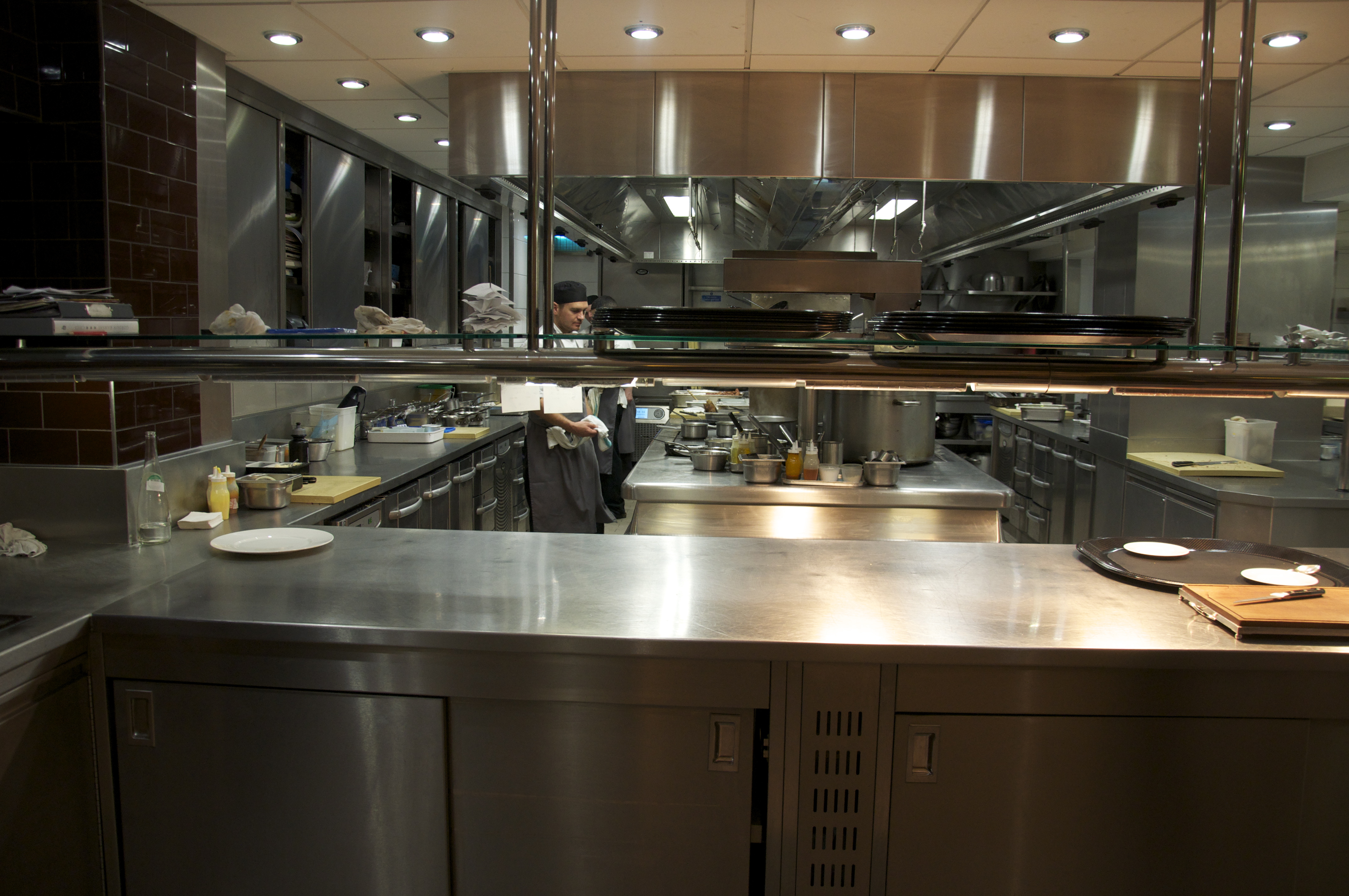 The interior design of a restaurant kitchen should also
reflect
and
complement
the overall brand and theme of the establishment. Whether it's a cozy and rustic
farm-to-table
restaurant or a chic and modern
fine dining
establishment, the kitchen should
tie in
with the rest of the space for a cohesive look and feel. This not only adds to the overall aesthetic but also enhances the dining experience for customers.
In conclusion, the importance of effective interior design for restaurant kitchens cannot be overstated. From creating a welcoming atmosphere for diners to promoting safety and hygiene, a well-designed kitchen can greatly contribute to the success of a restaurant. By considering the functionality, space, and brand of the establishment, a well-designed kitchen can not only enhance the dining experience but also improve operations and ultimately, the overall success of the restaurant.
The interior design of a restaurant kitchen should also
reflect
and
complement
the overall brand and theme of the establishment. Whether it's a cozy and rustic
farm-to-table
restaurant or a chic and modern
fine dining
establishment, the kitchen should
tie in
with the rest of the space for a cohesive look and feel. This not only adds to the overall aesthetic but also enhances the dining experience for customers.
In conclusion, the importance of effective interior design for restaurant kitchens cannot be overstated. From creating a welcoming atmosphere for diners to promoting safety and hygiene, a well-designed kitchen can greatly contribute to the success of a restaurant. By considering the functionality, space, and brand of the establishment, a well-designed kitchen can not only enhance the dining experience but also improve operations and ultimately, the overall success of the restaurant.
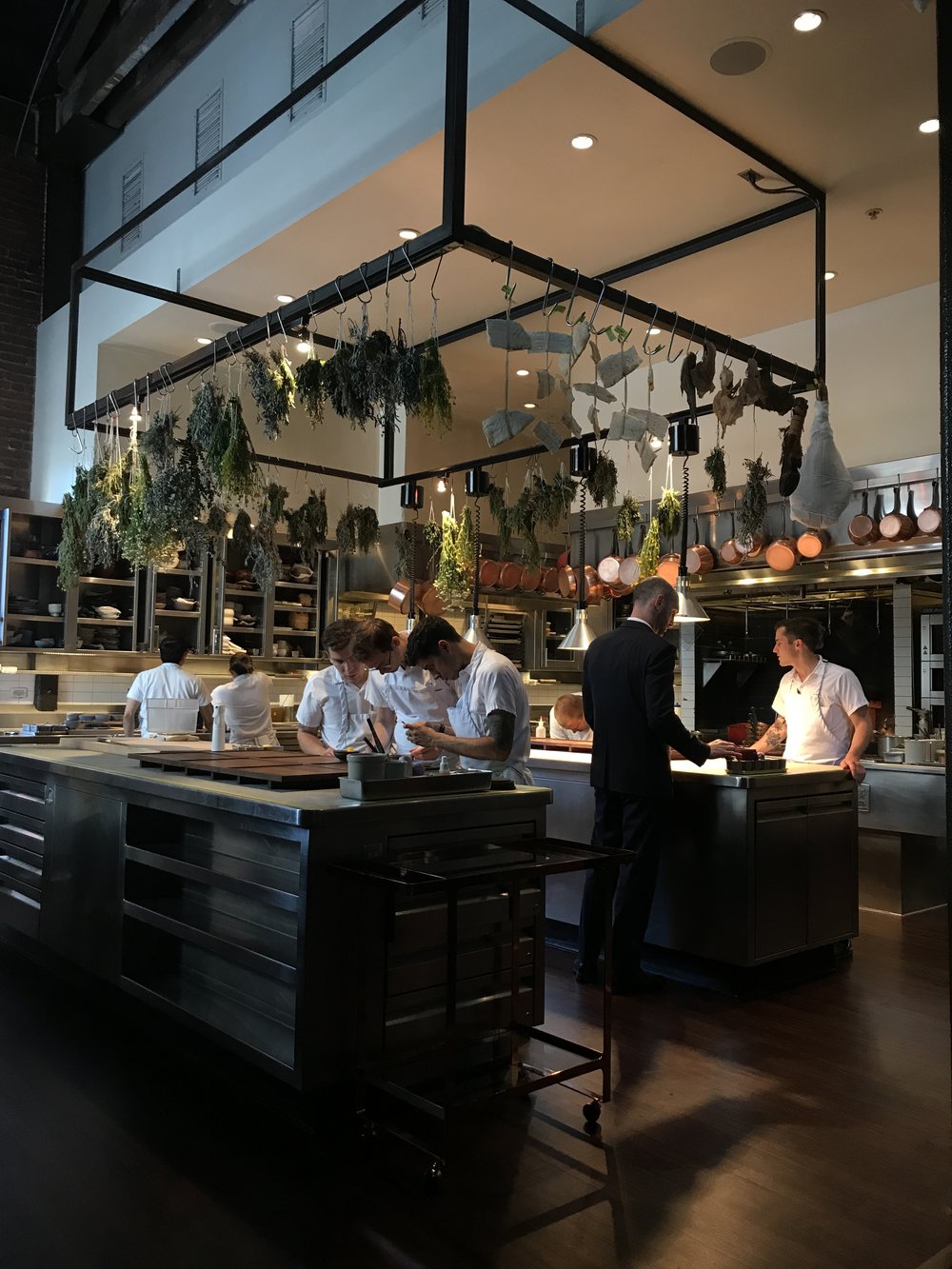
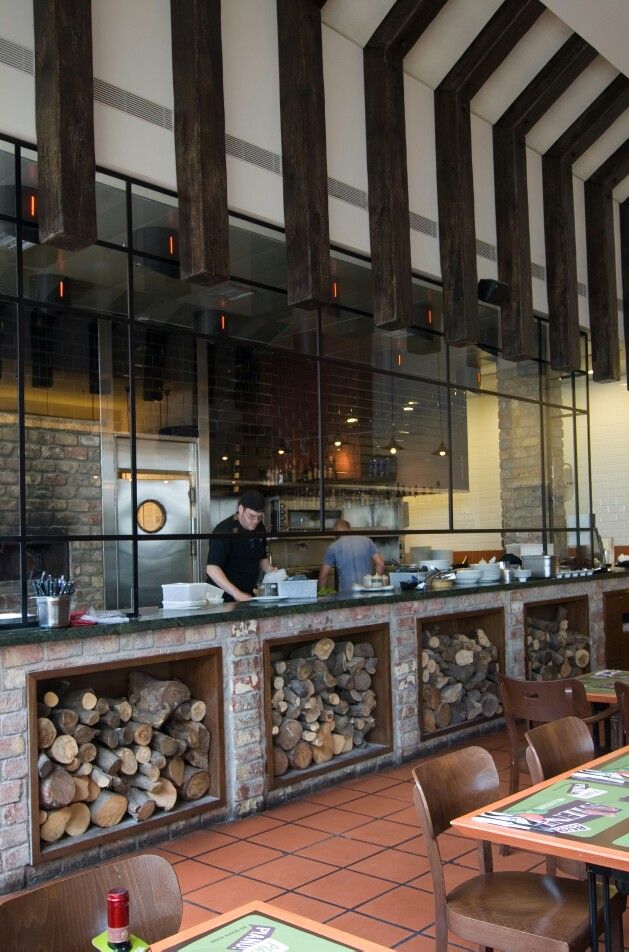

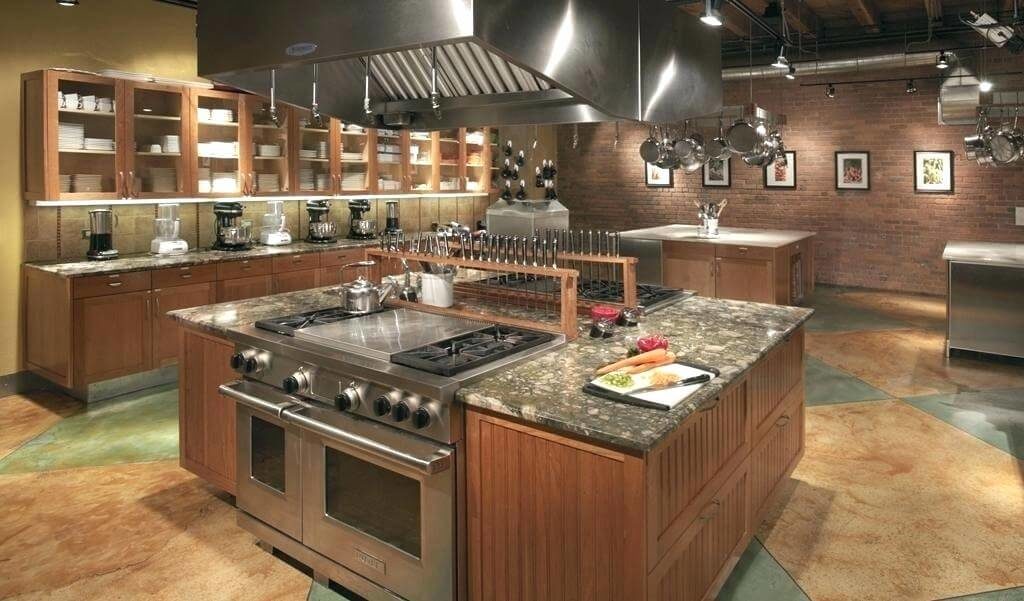



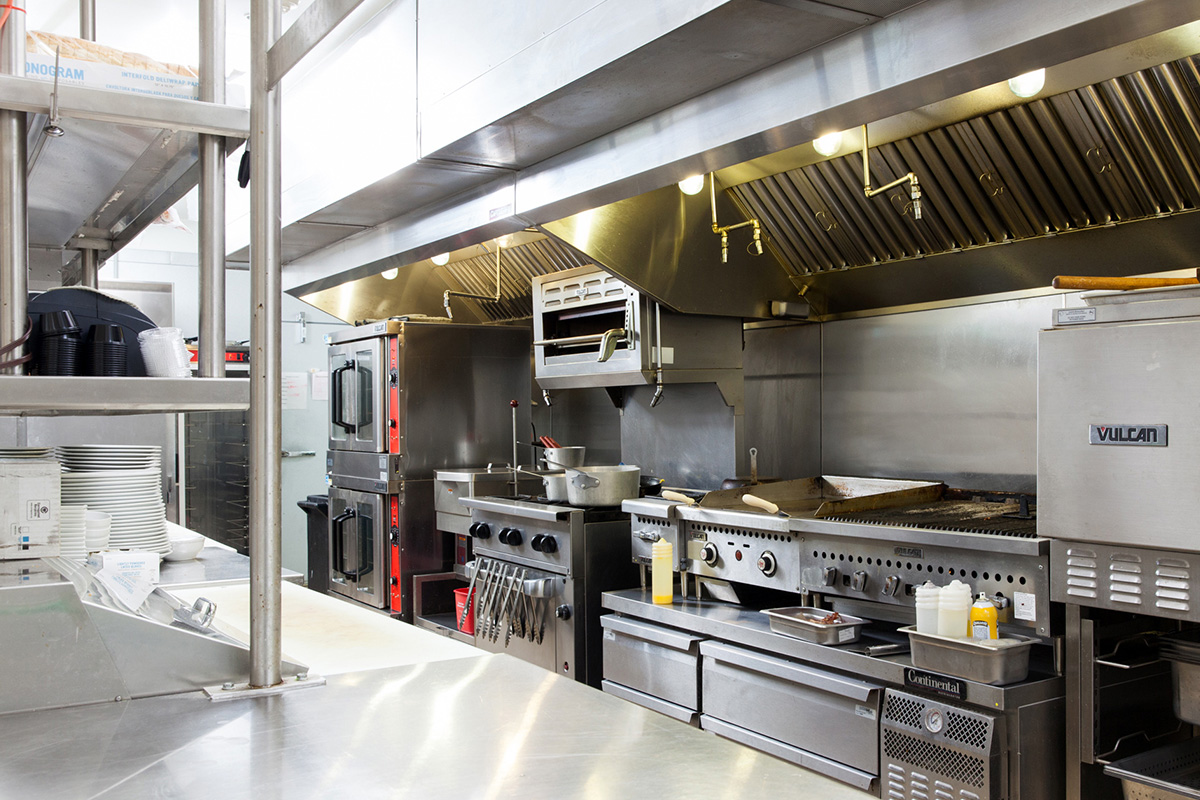

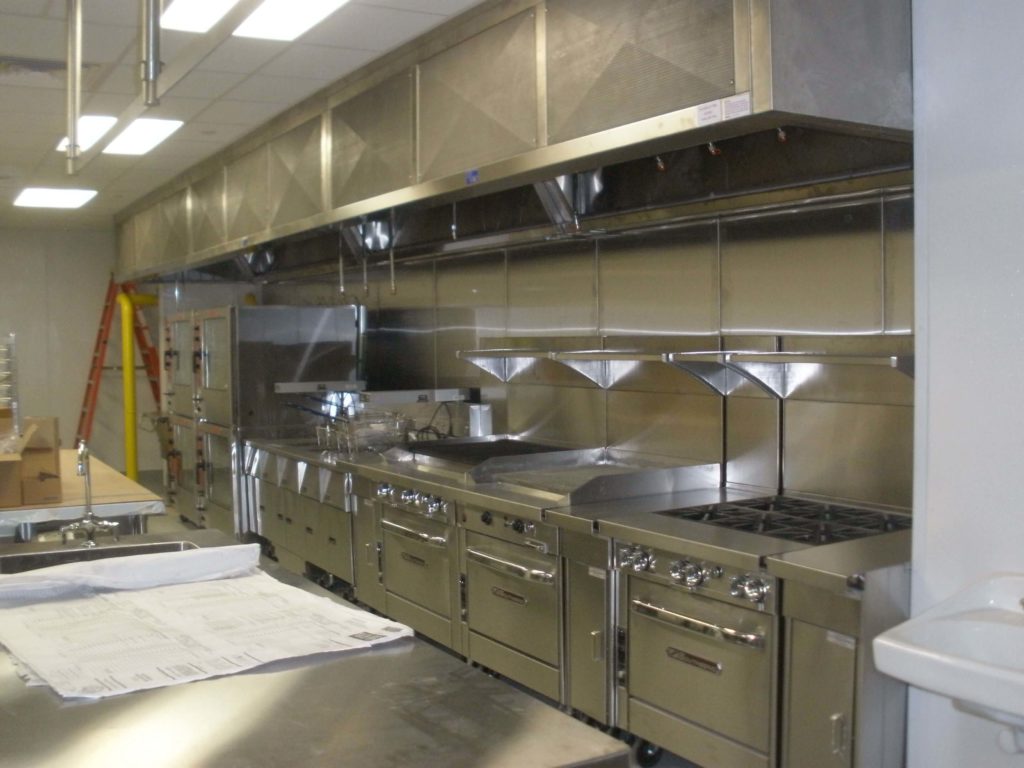








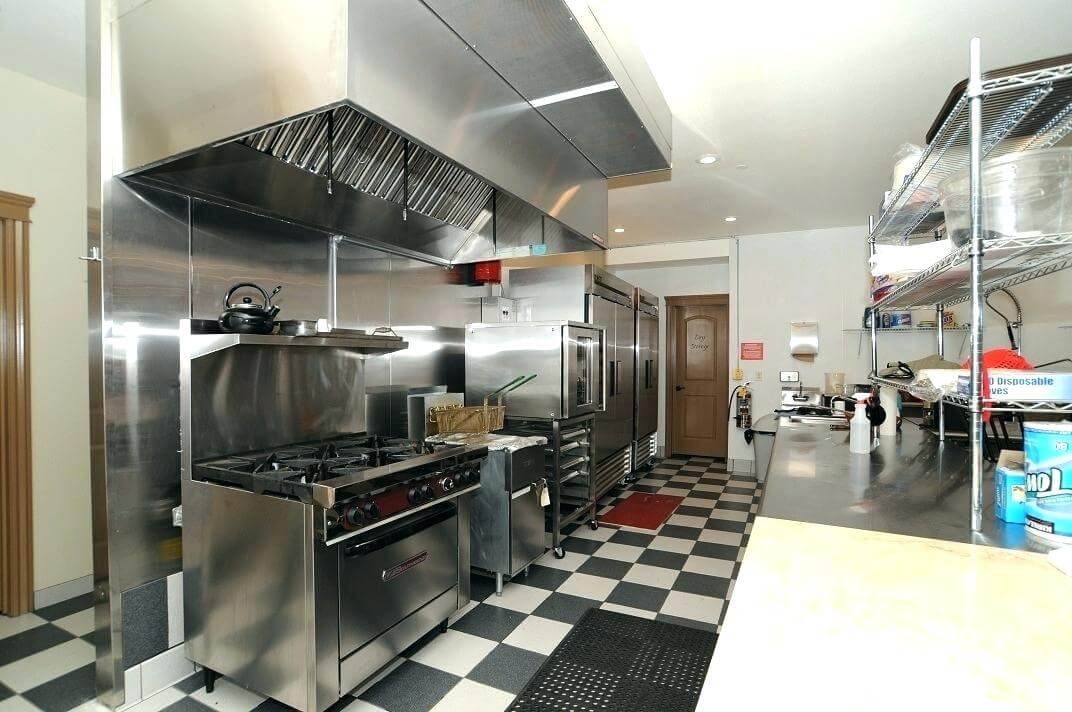


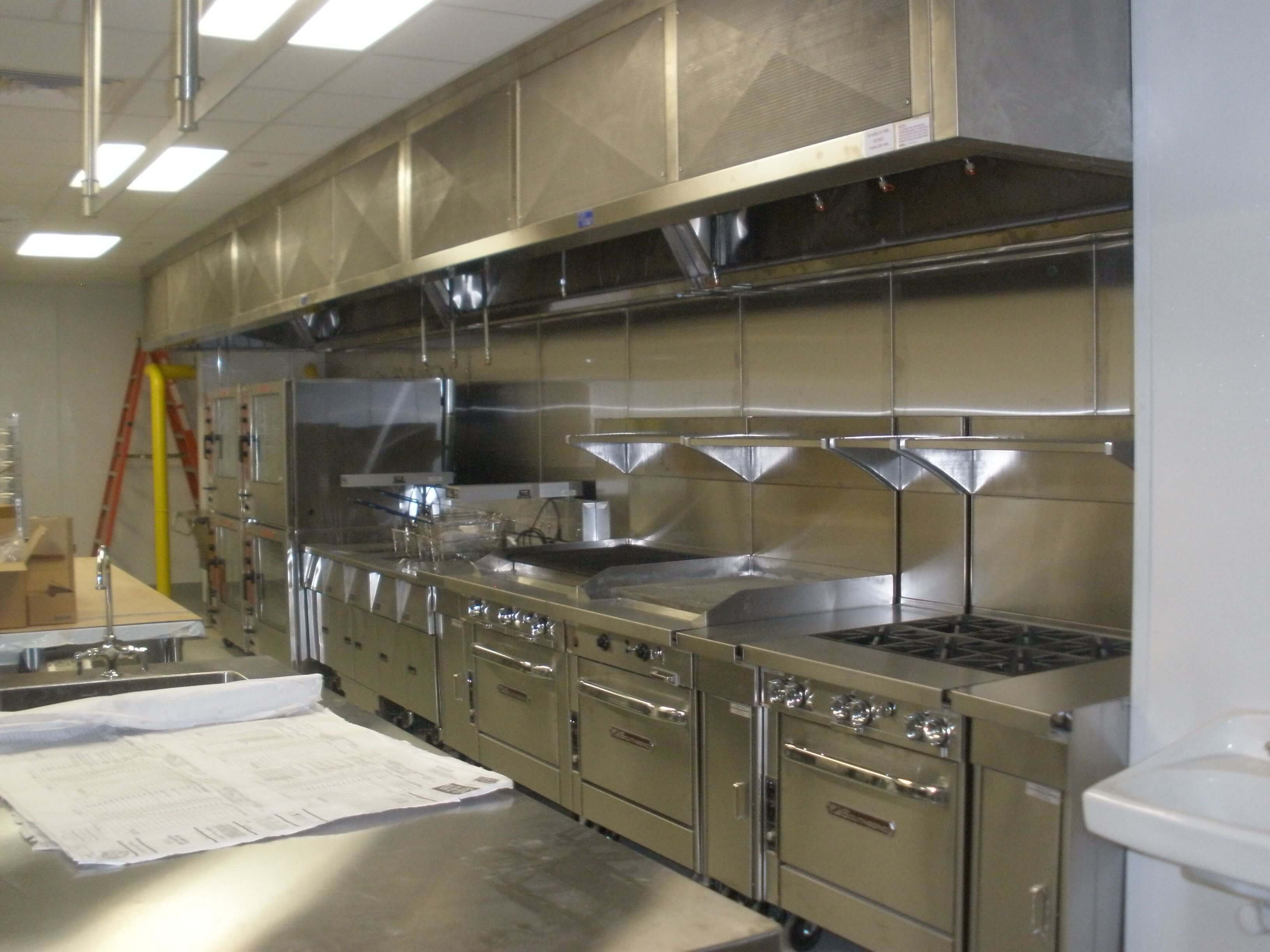
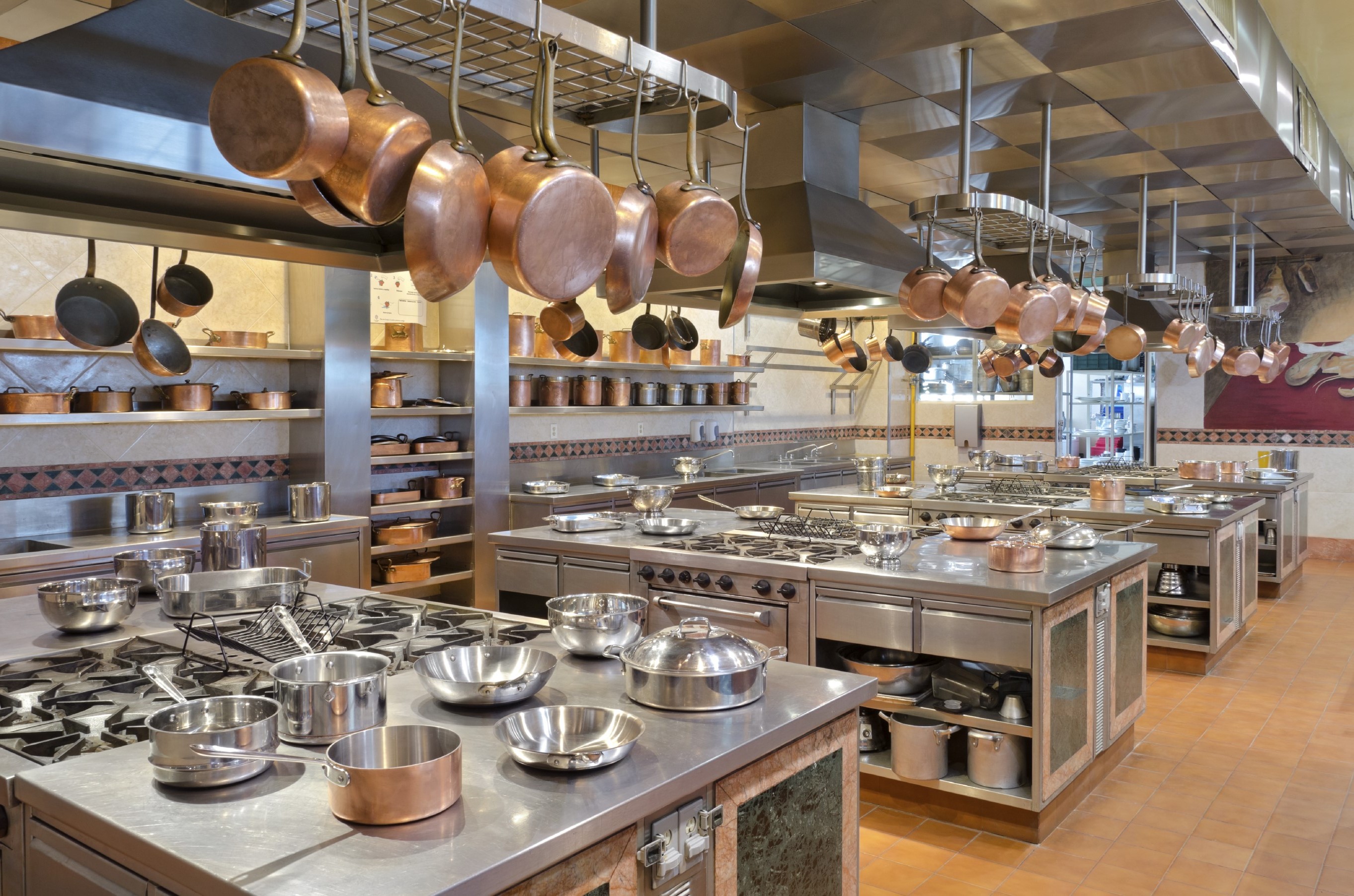



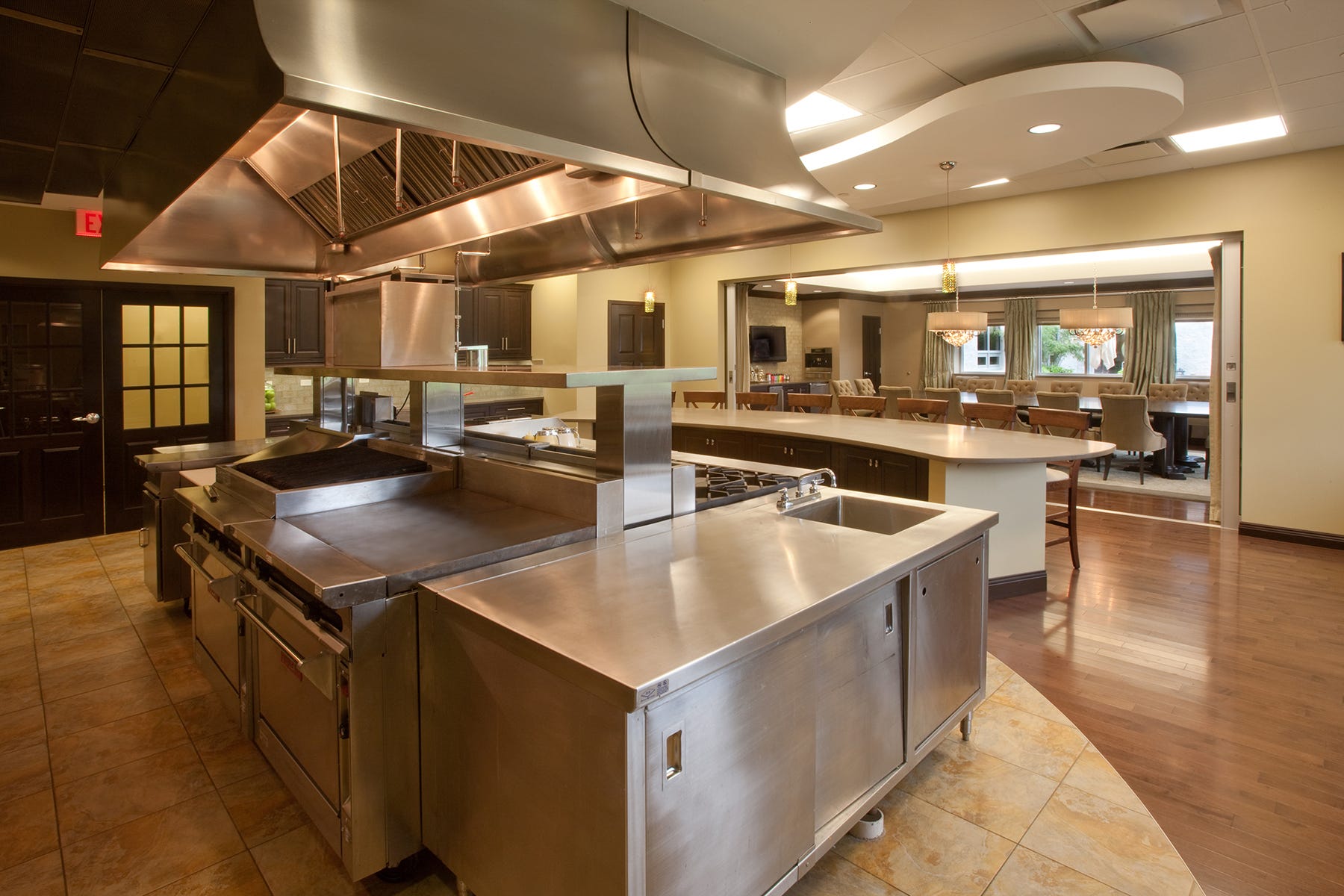
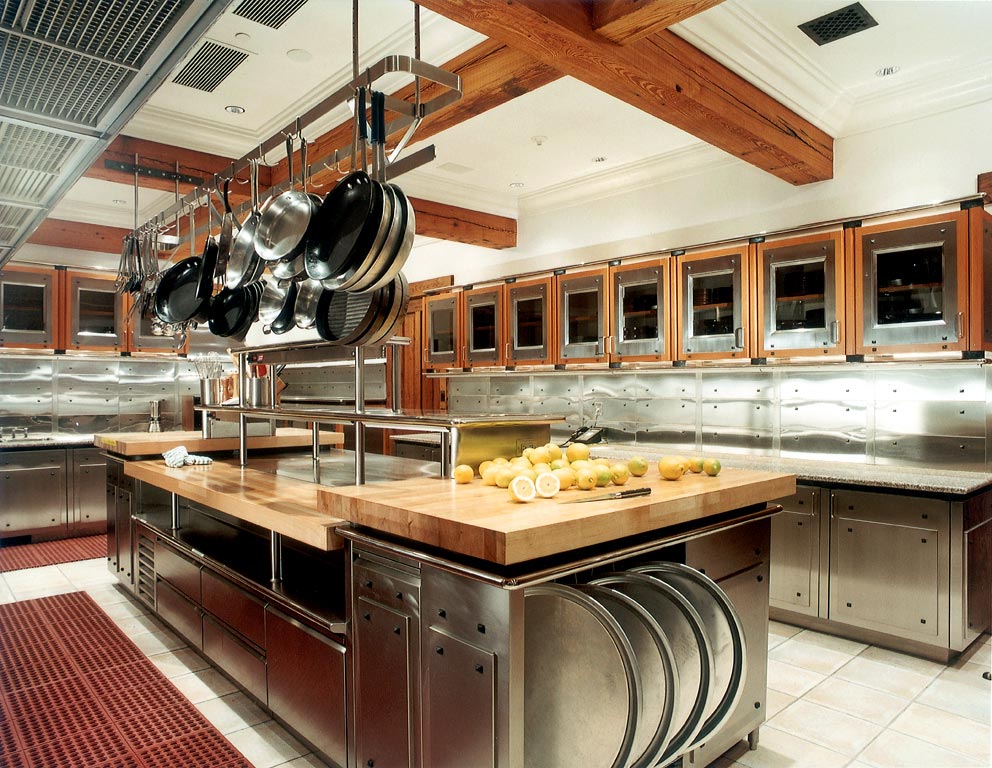



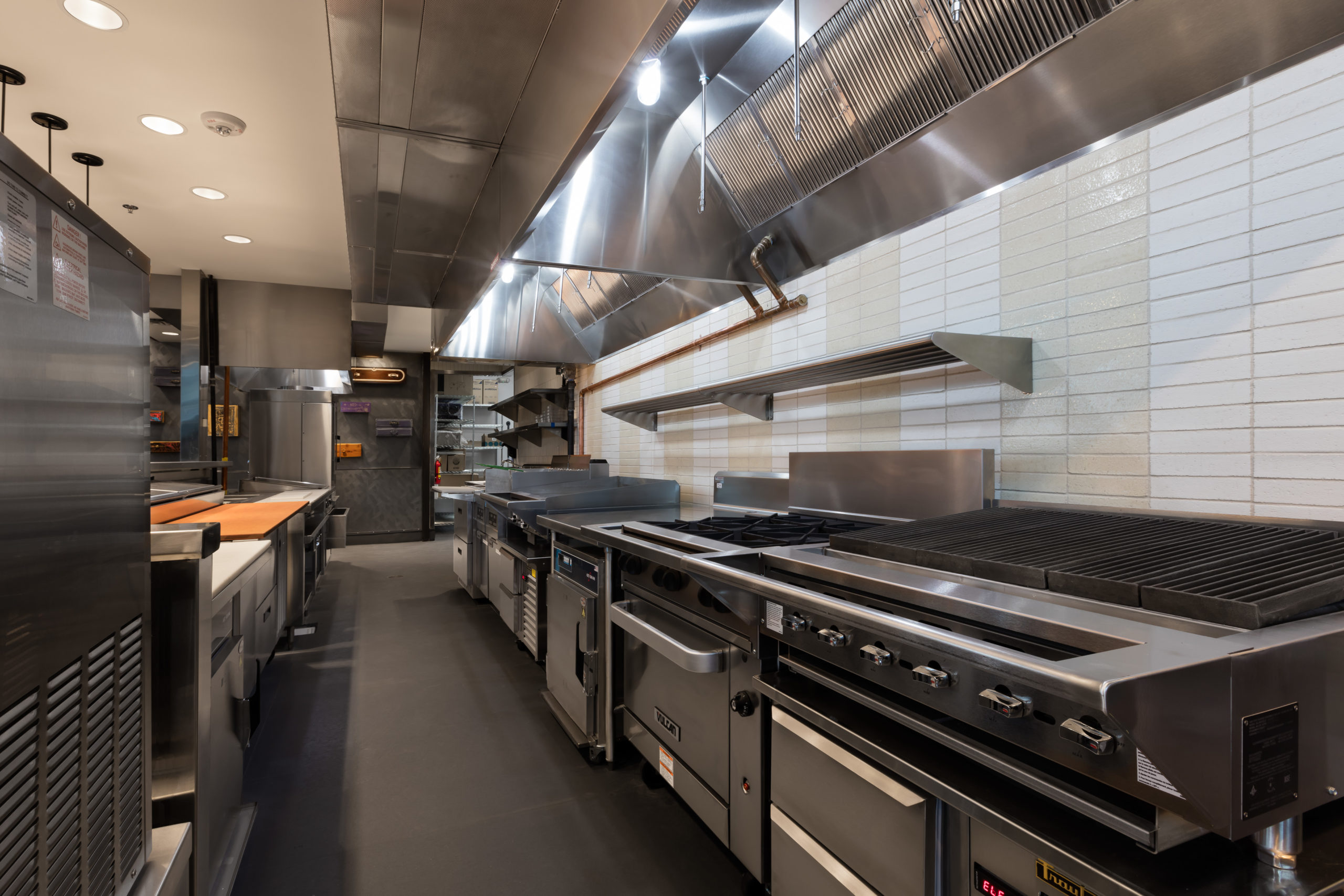
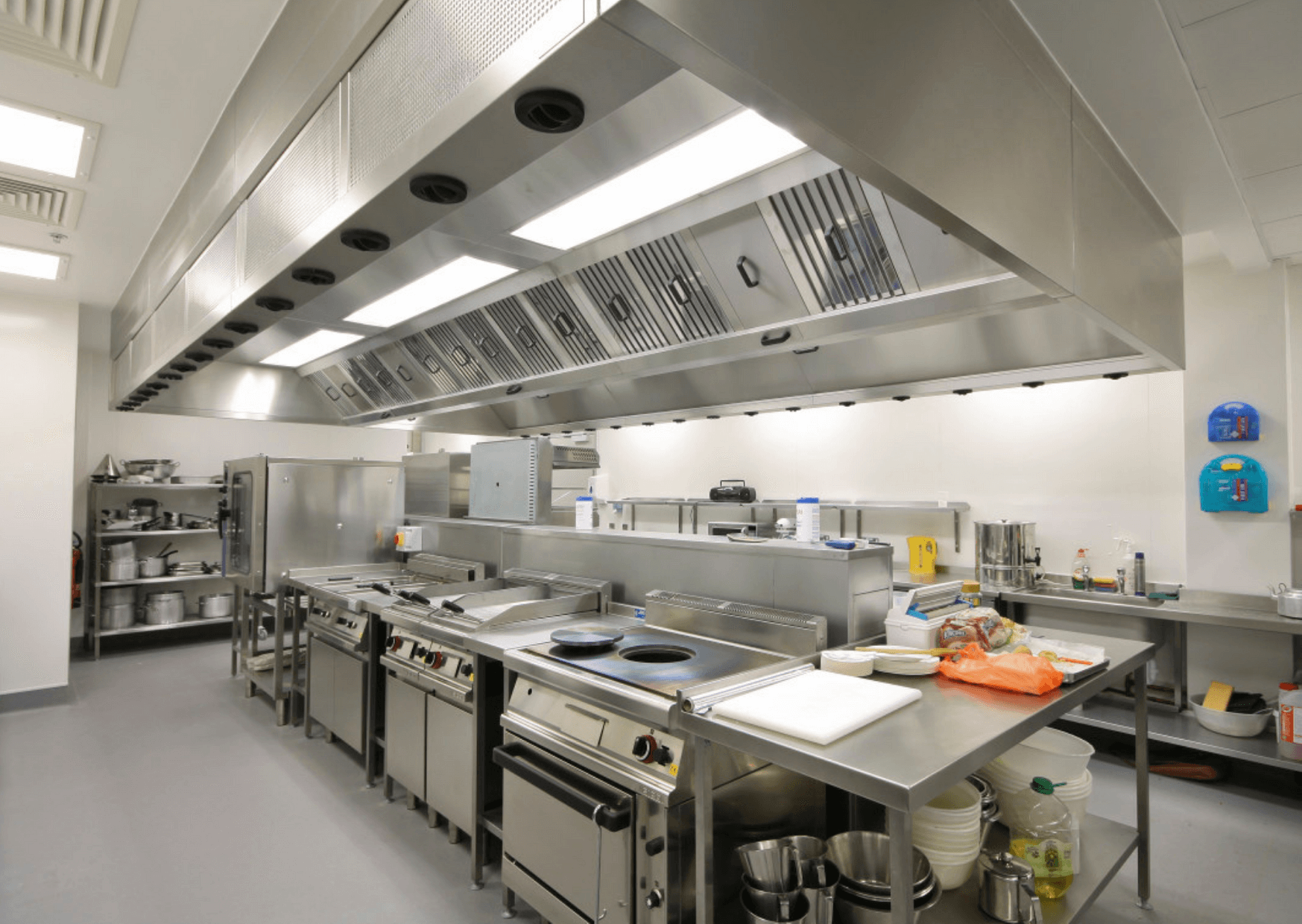
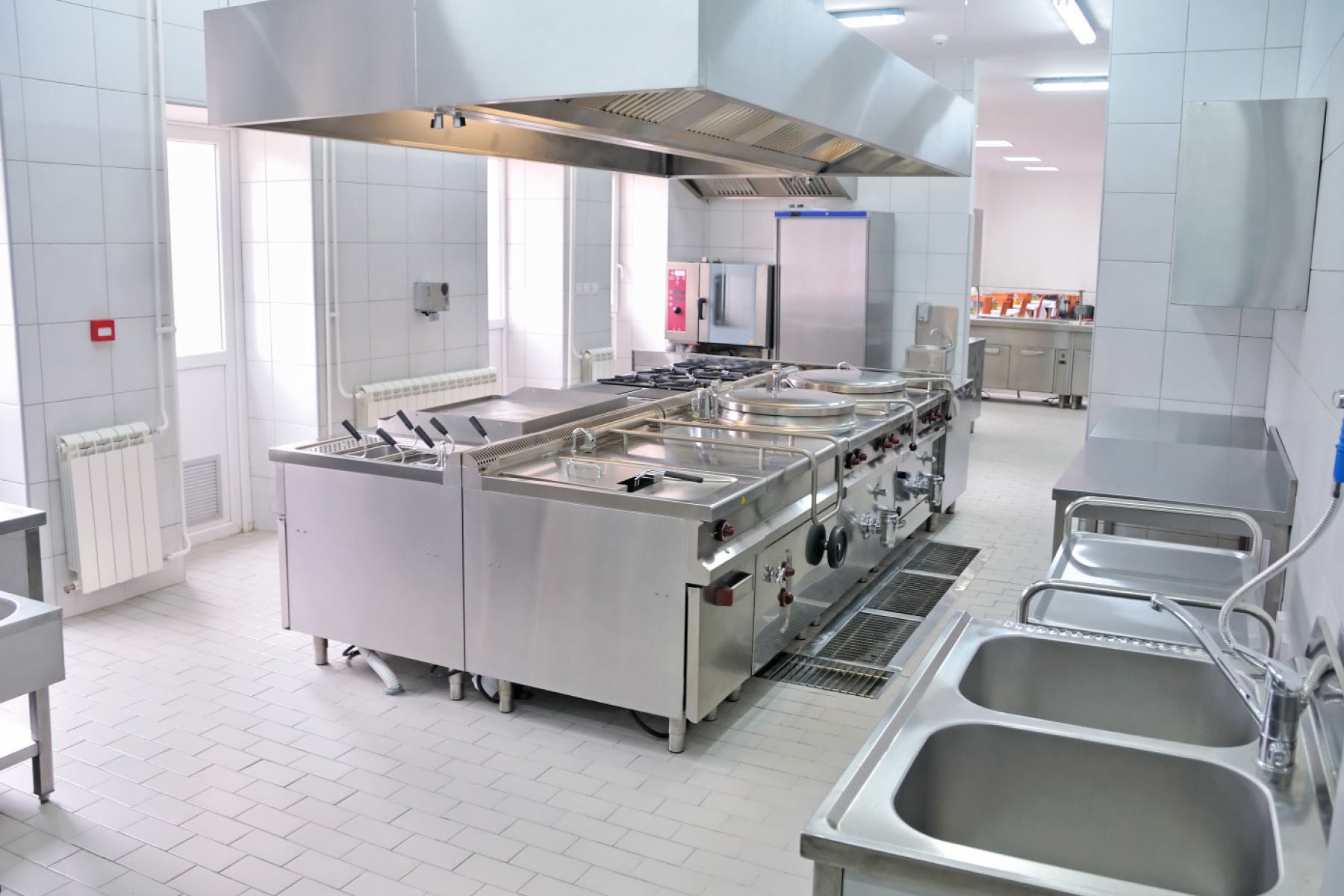


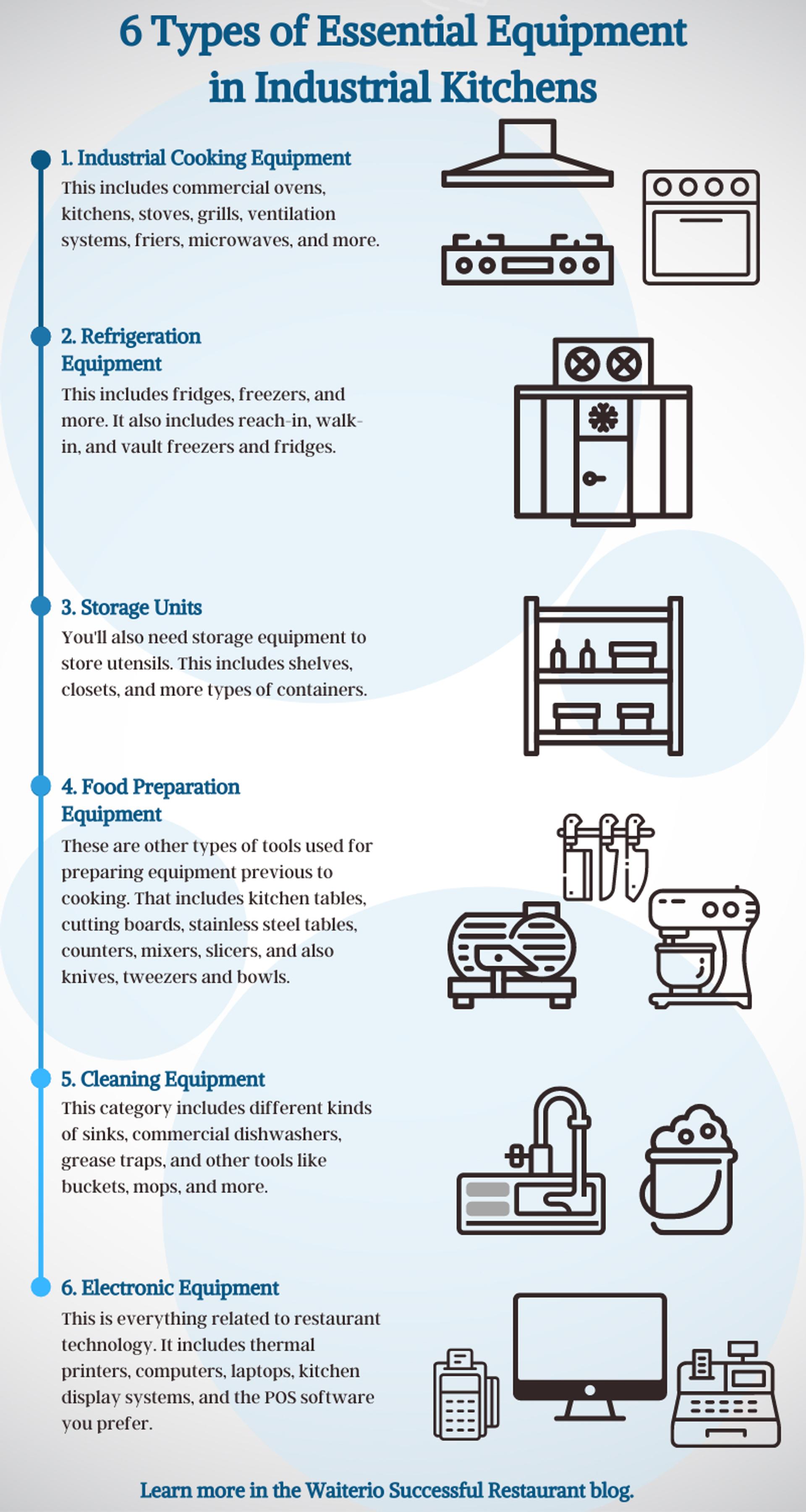

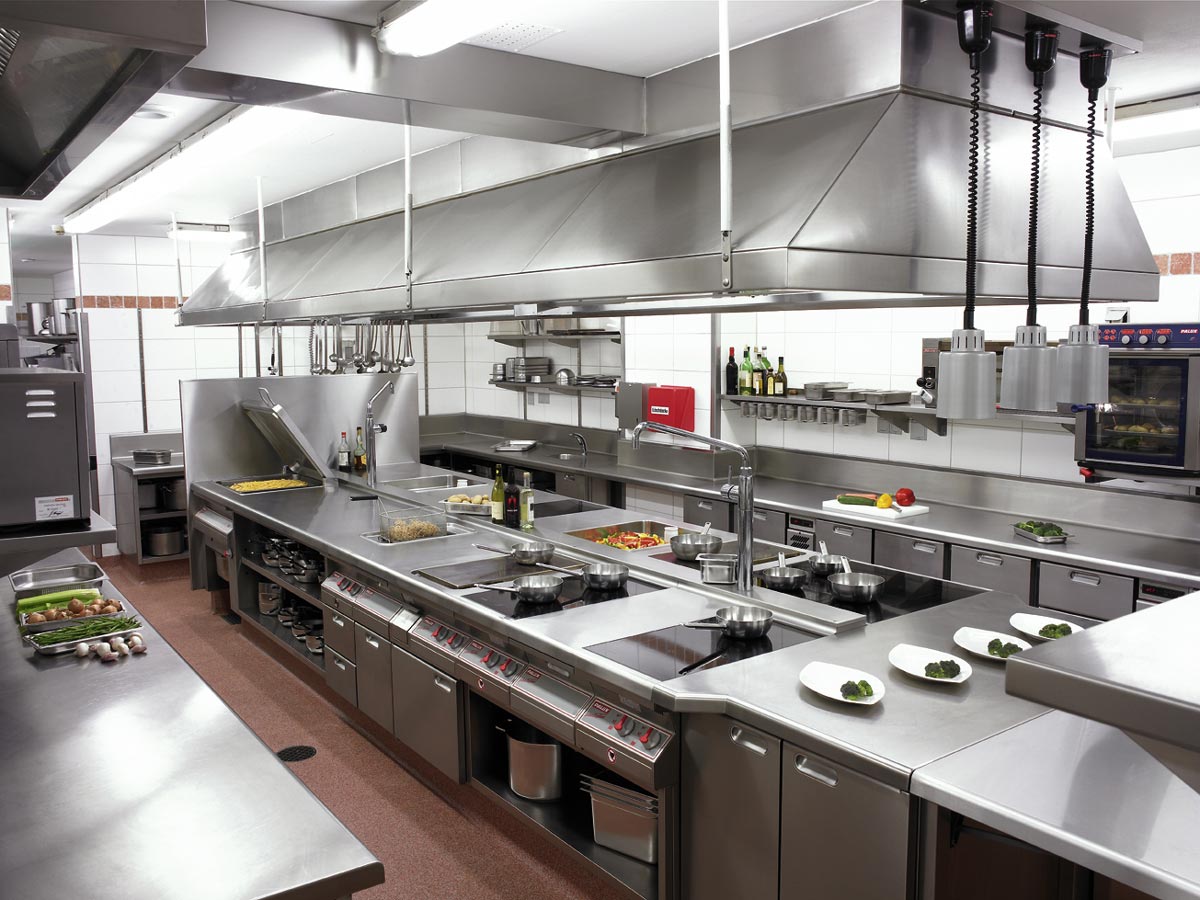
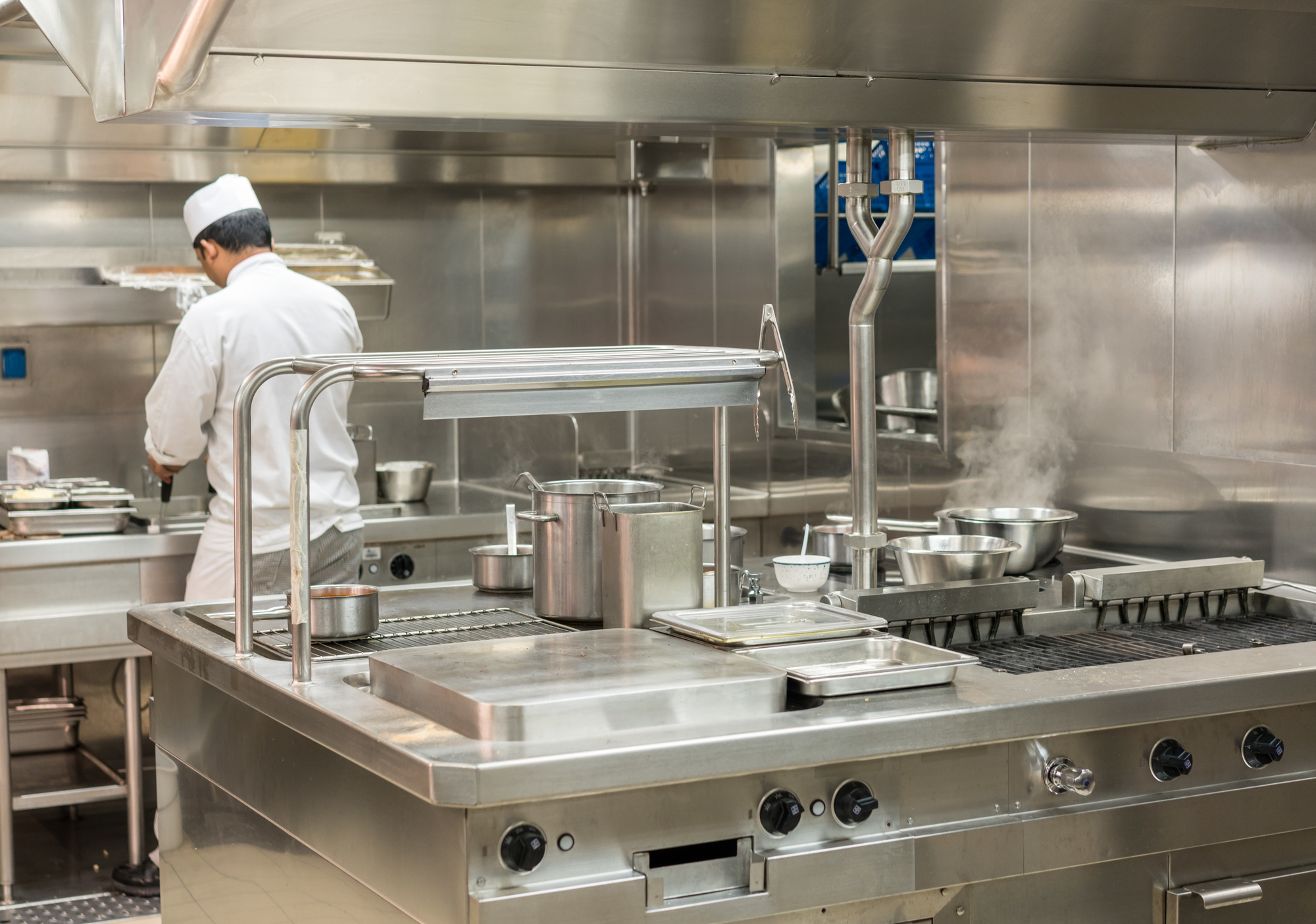






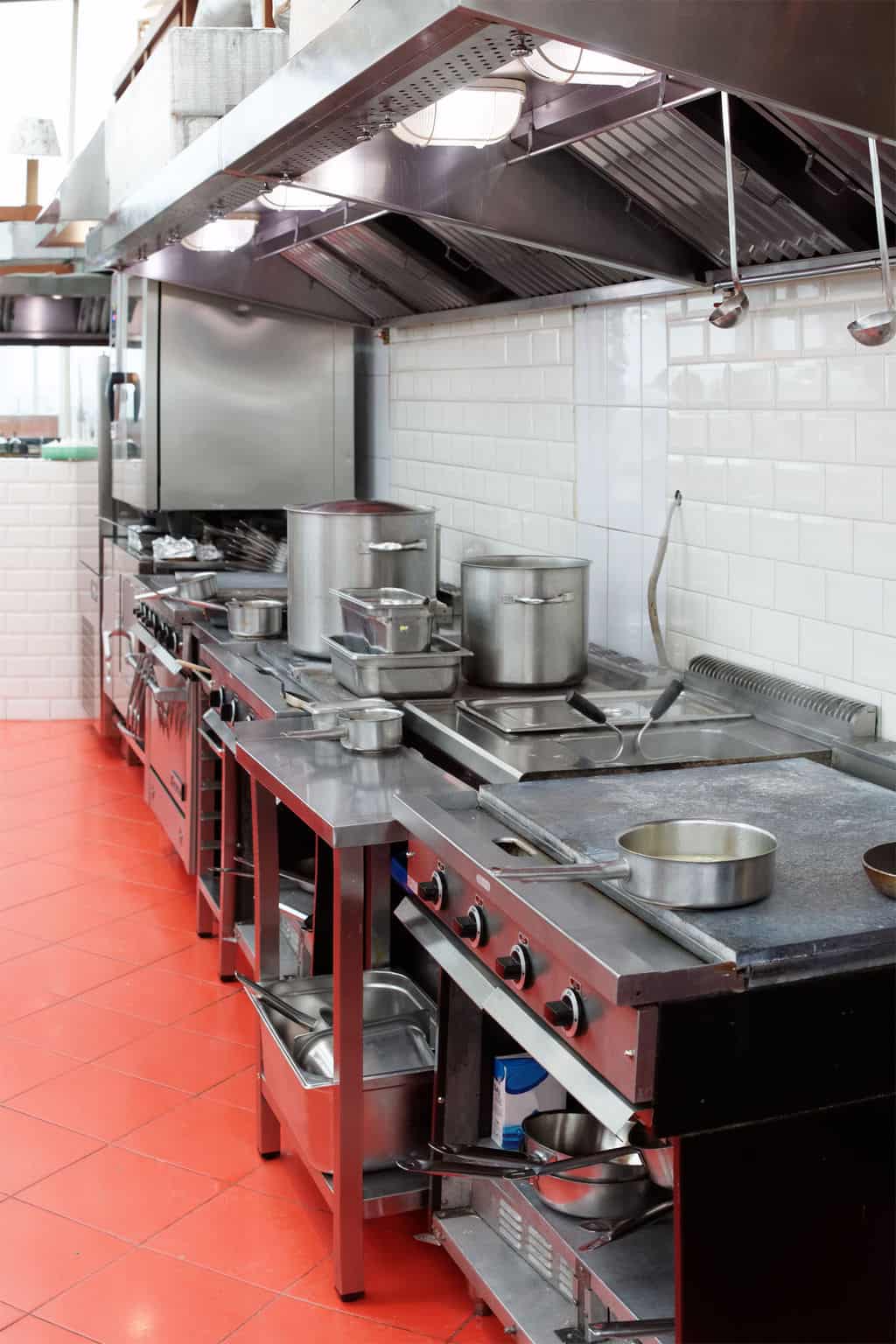




:max_bytes(150000):strip_icc()/GettyImages-84304333-58756bf83df78c17b6dcee50.jpg)

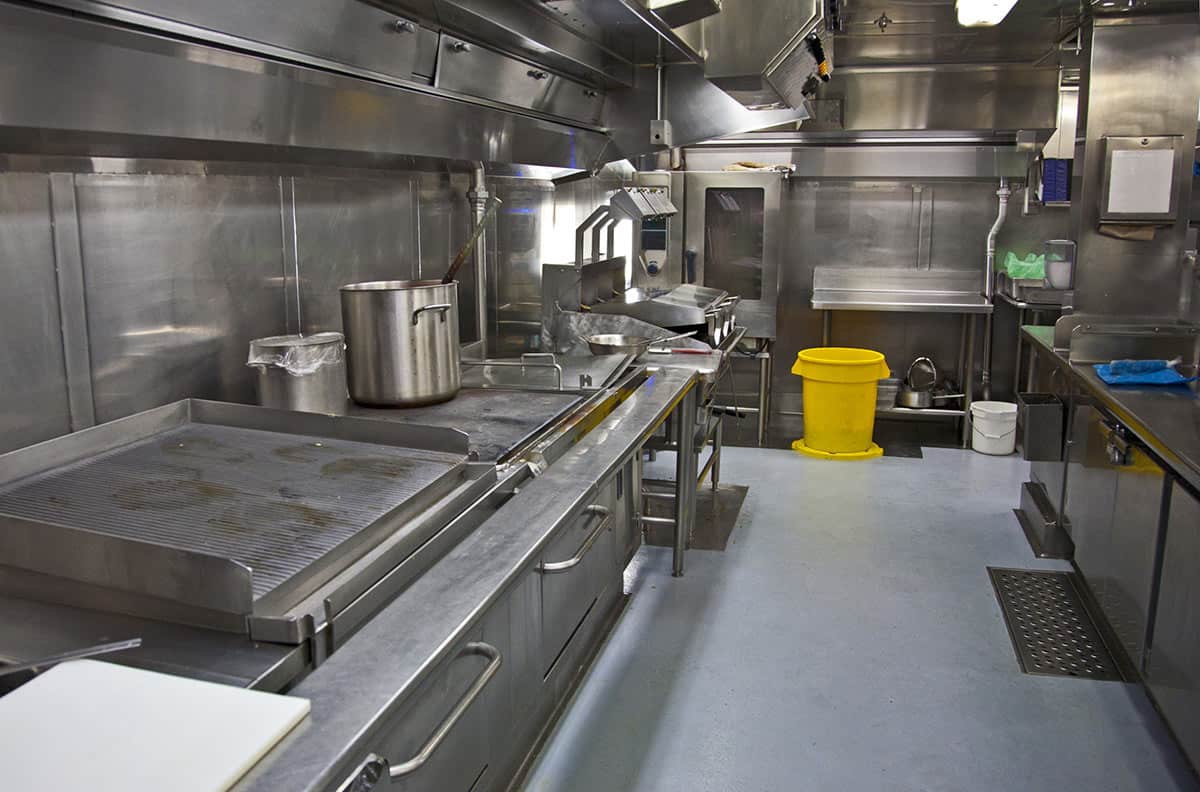


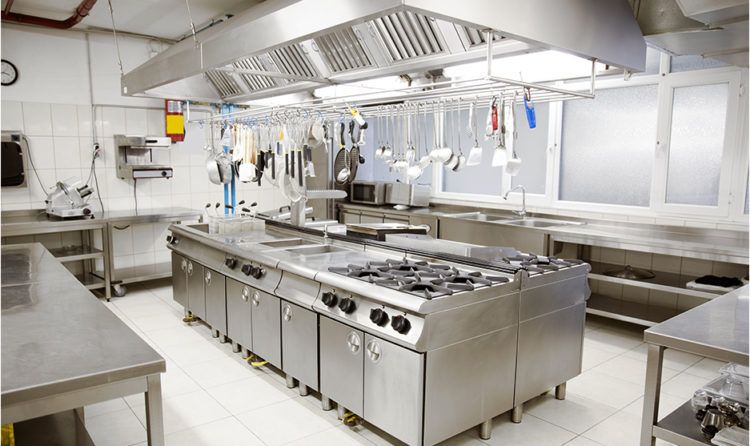






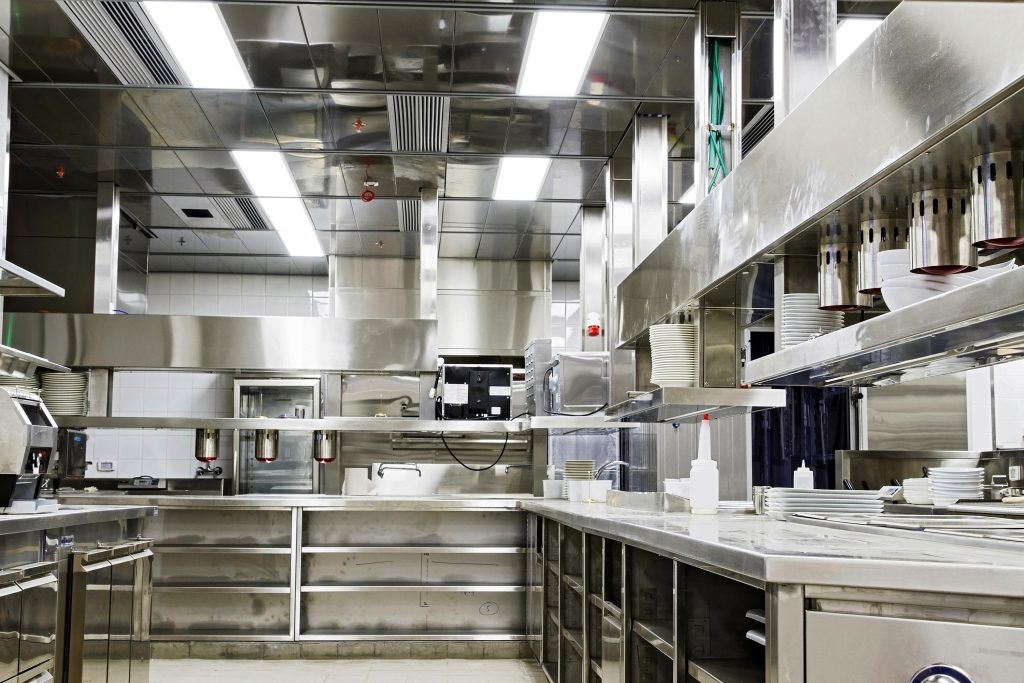
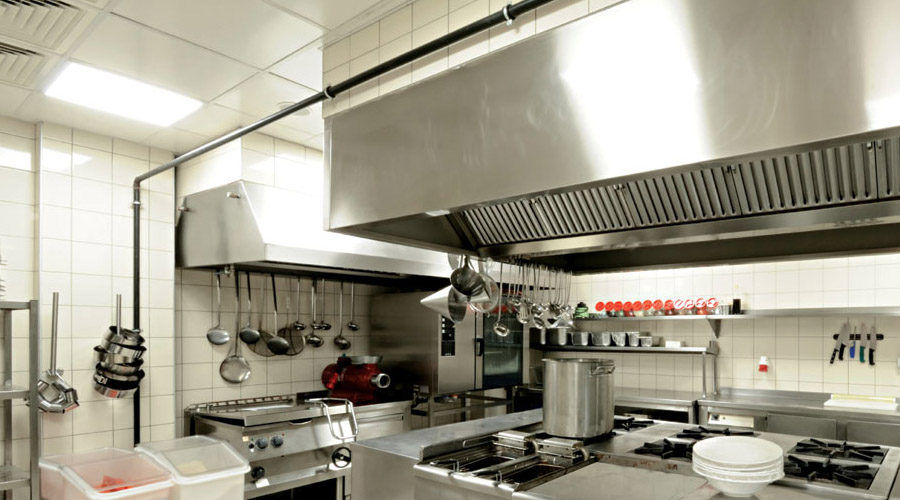


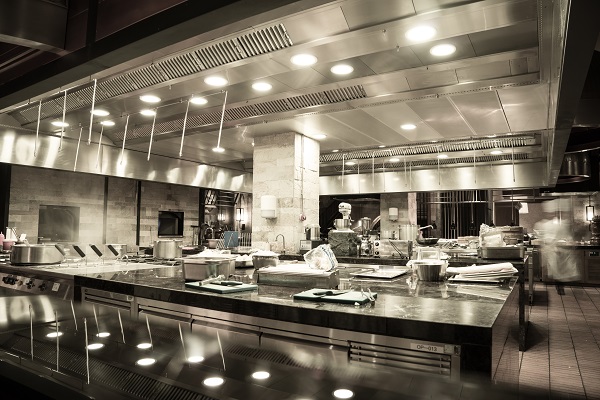





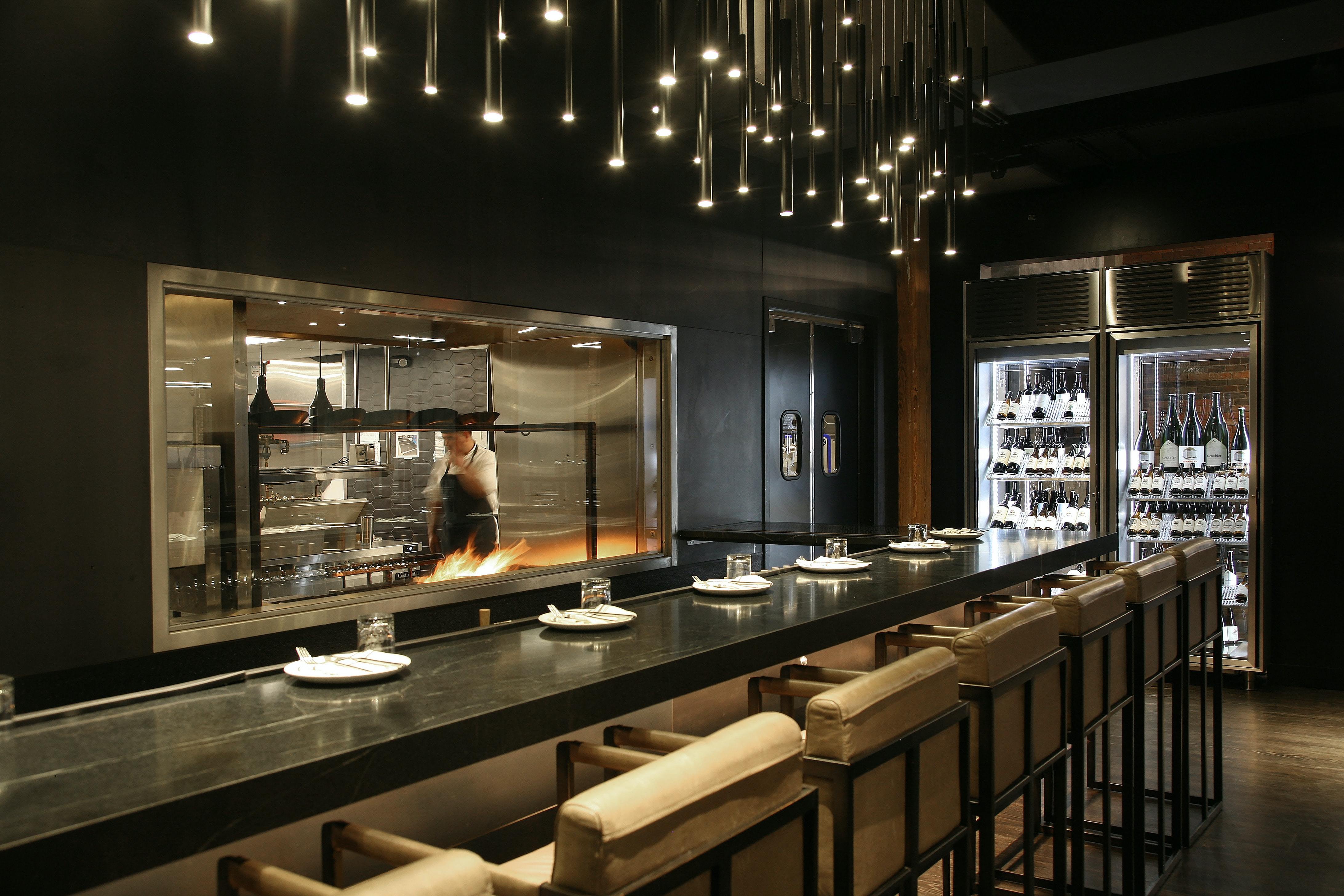

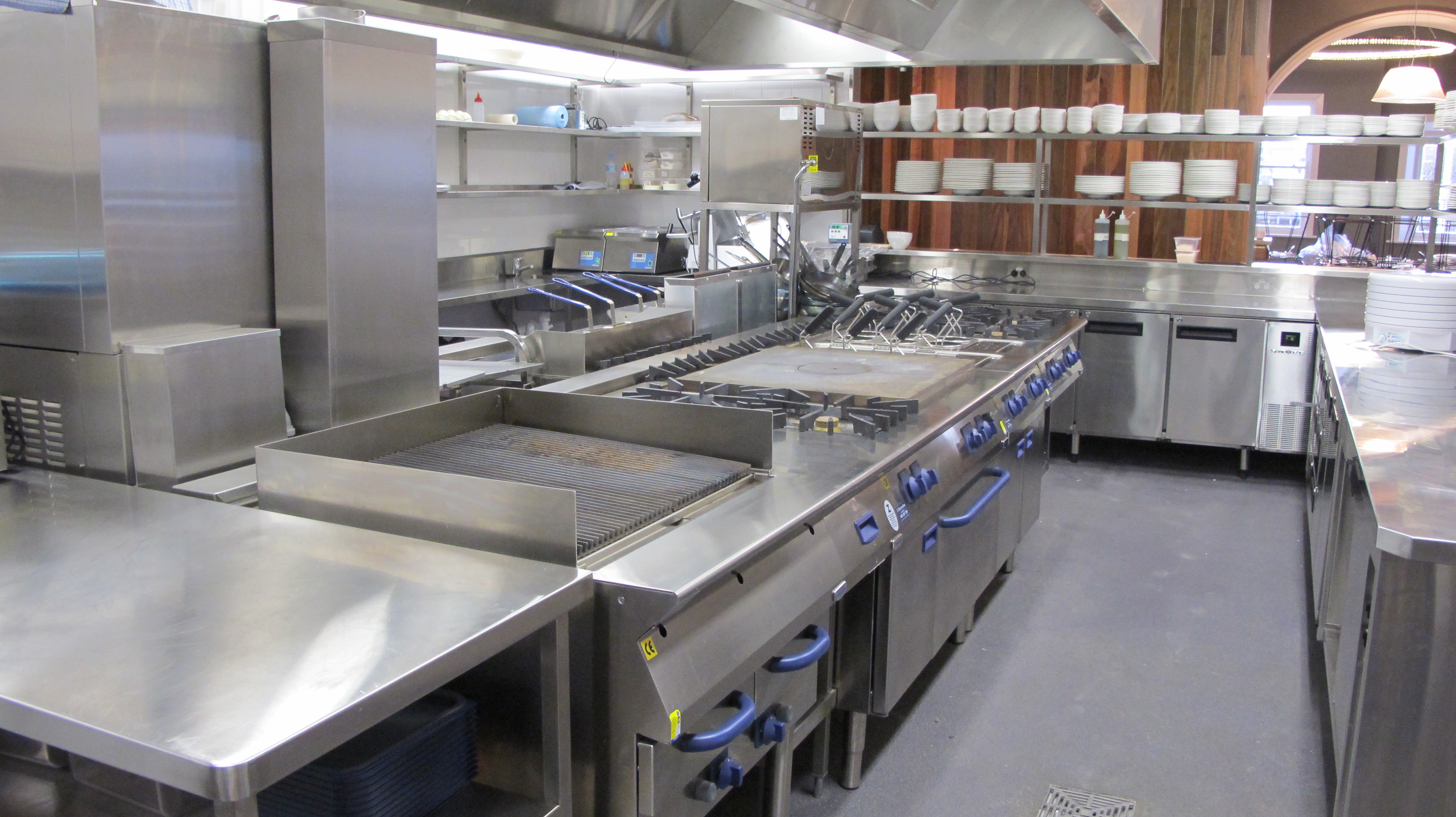




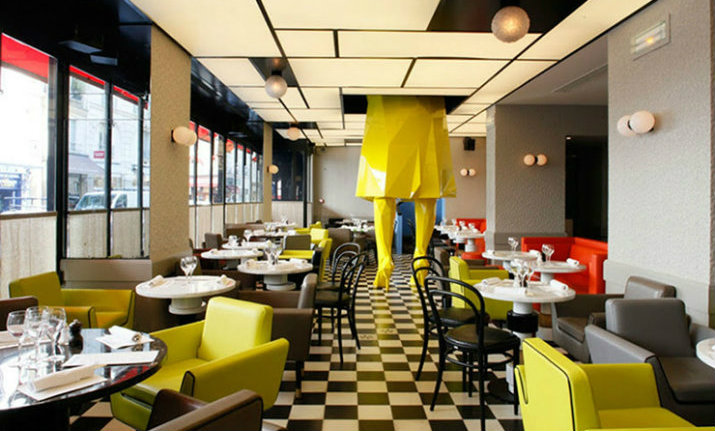
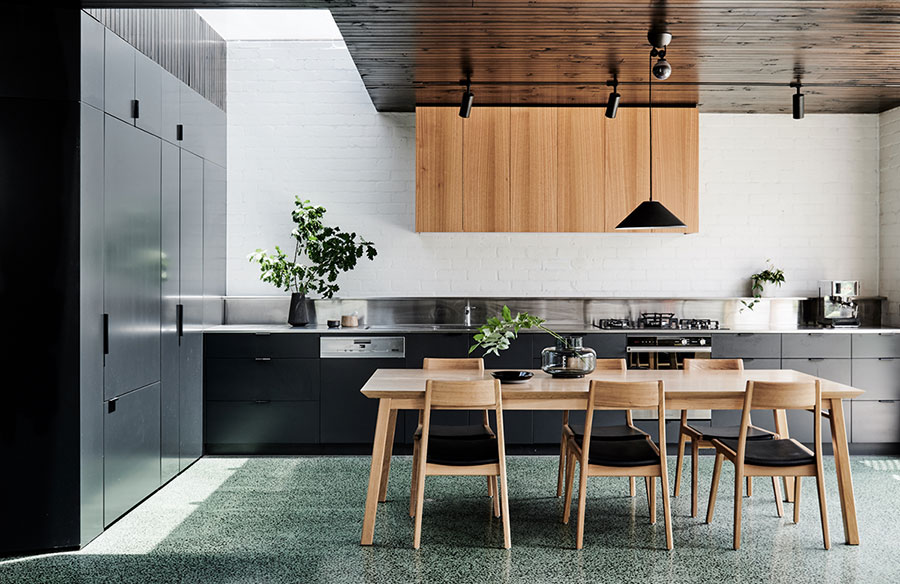
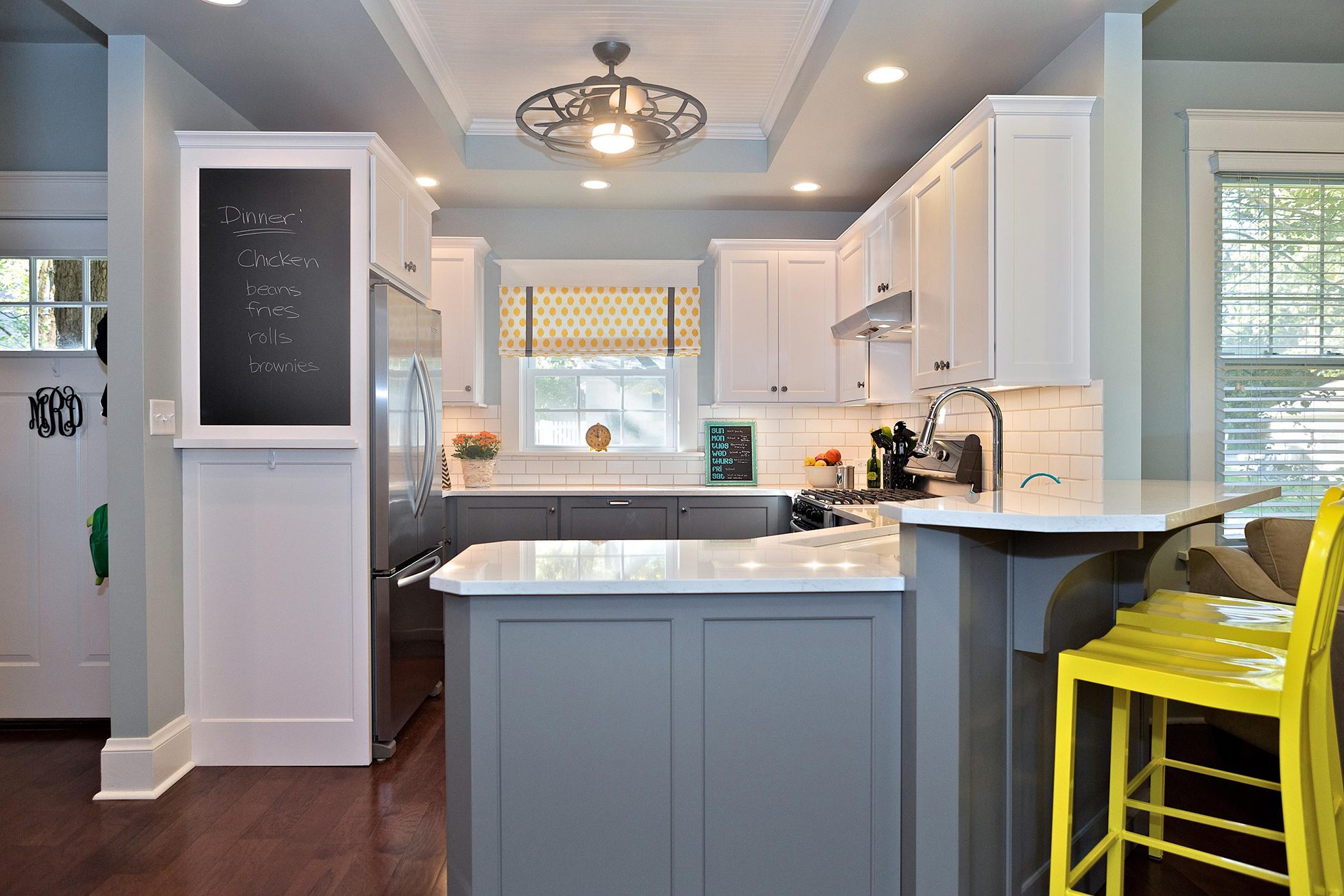

/Myth_Kitchen-56a192773df78cf7726c1a16.jpg)
